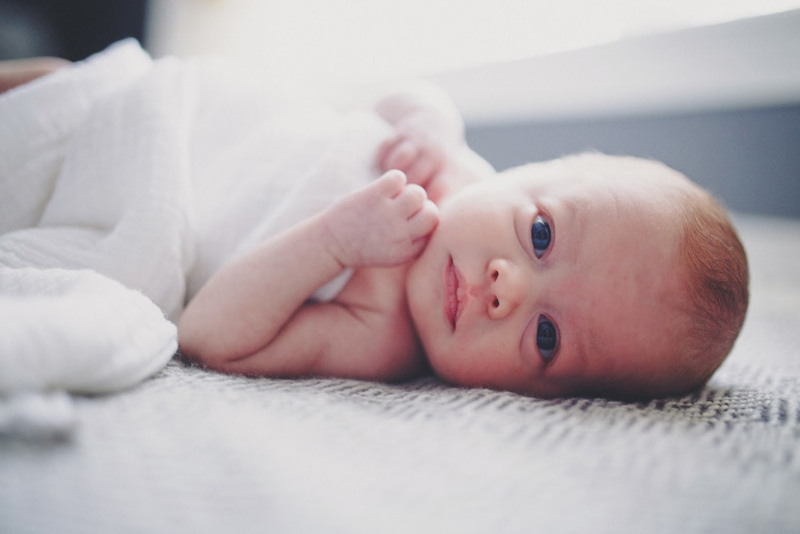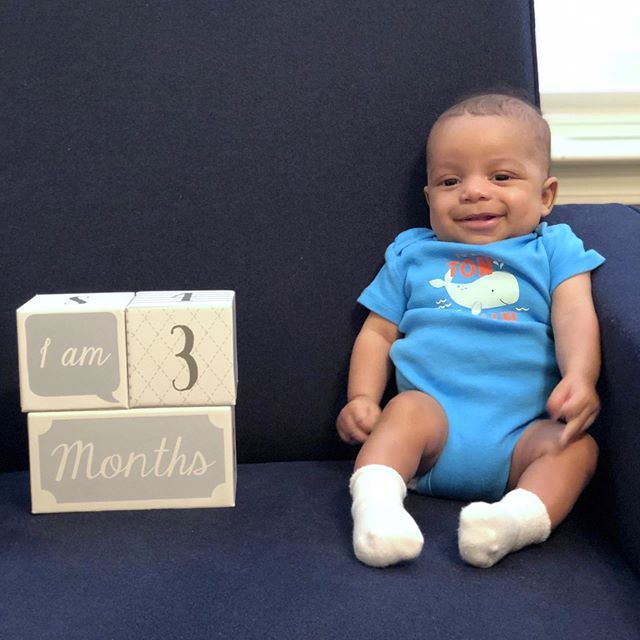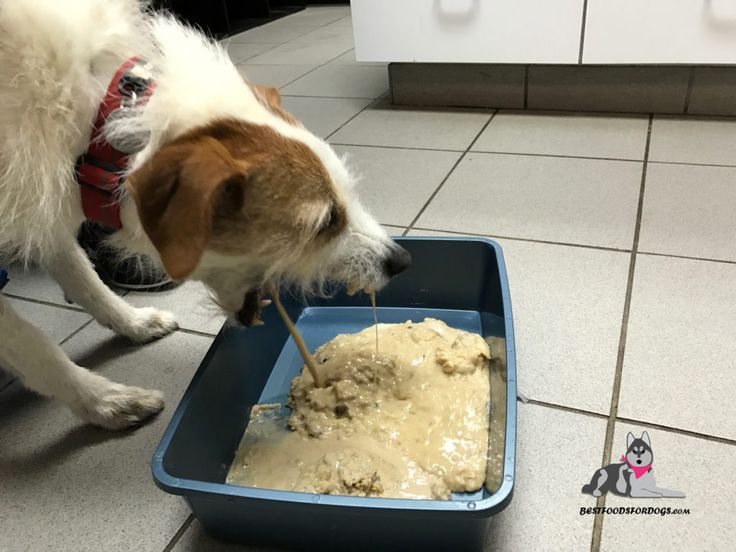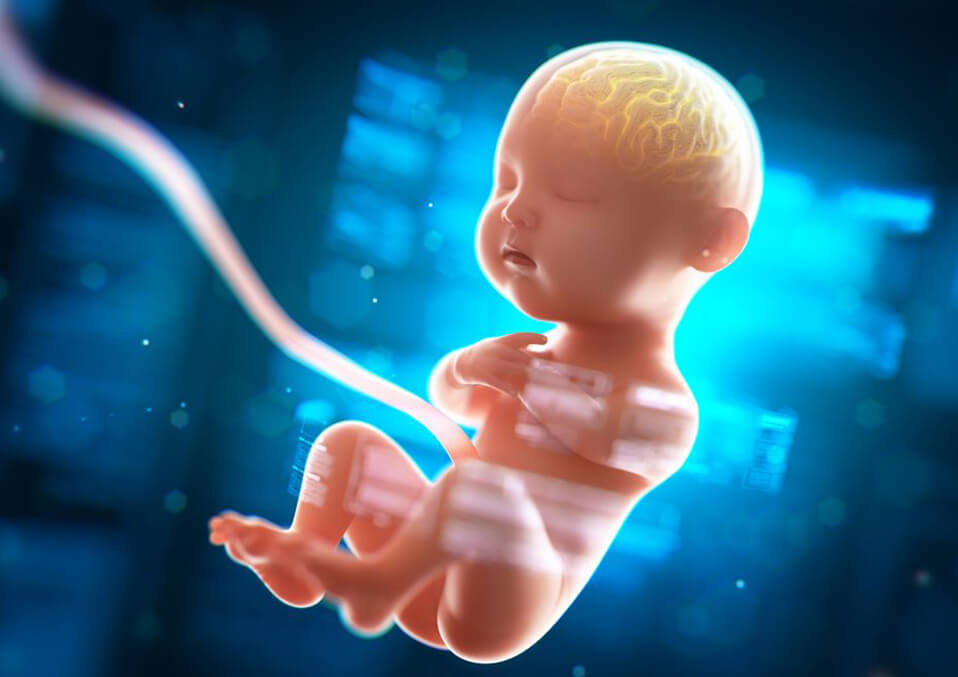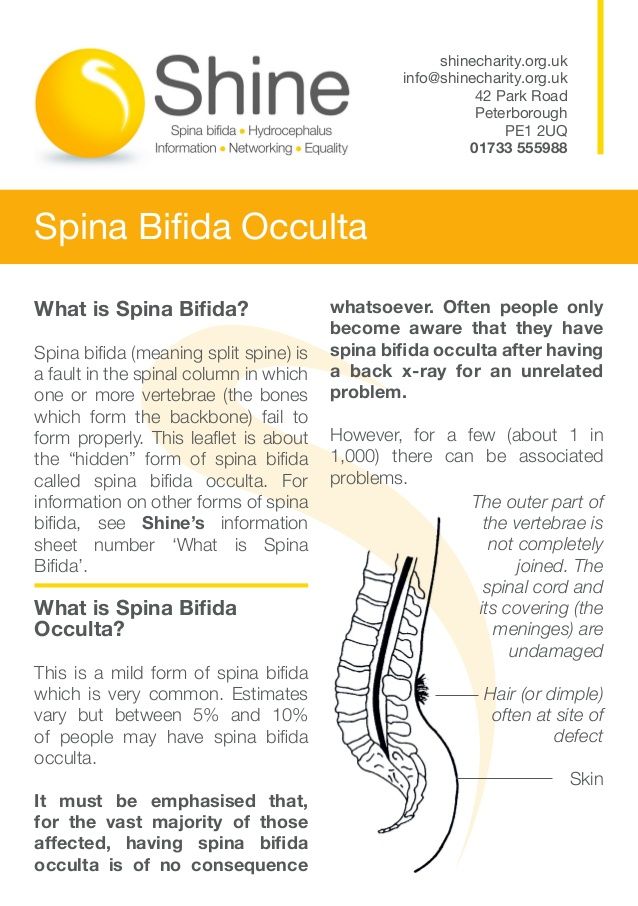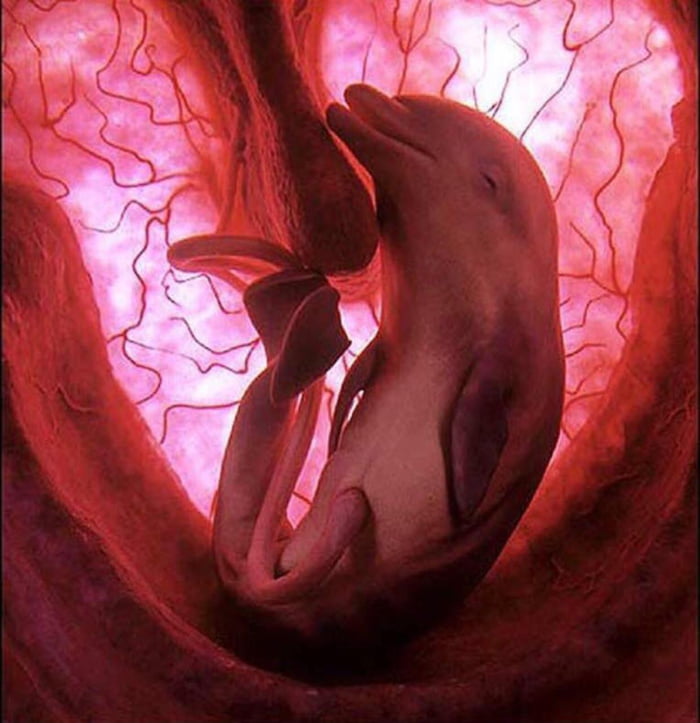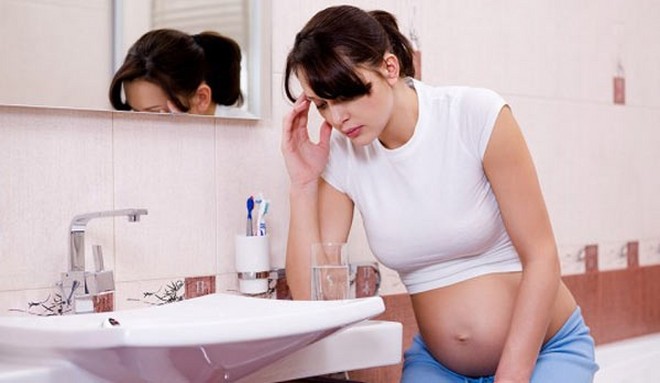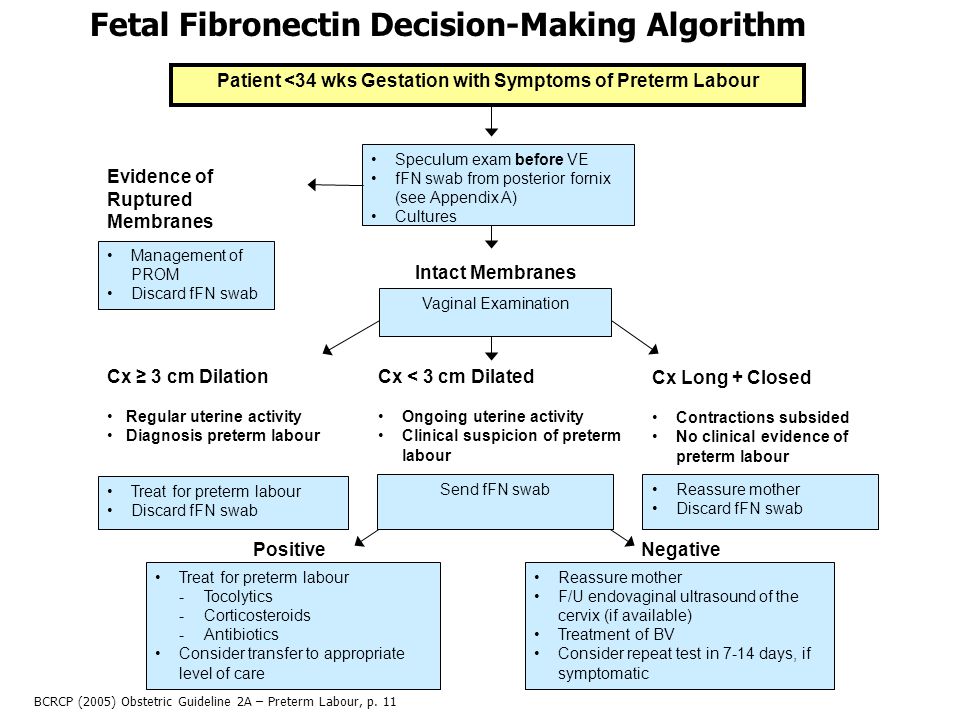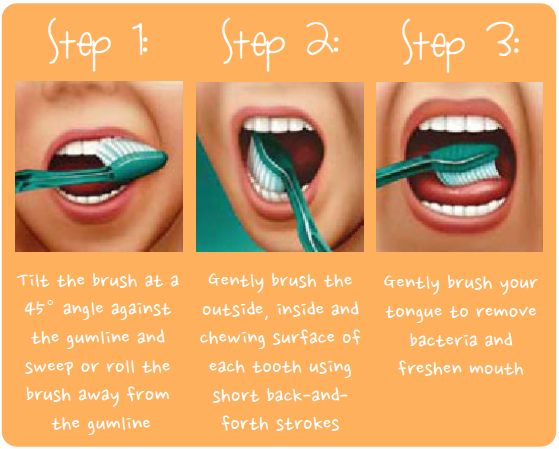What all do newborn babies need
Newborn Baby Essentials: The Ultimate Baby Checklist
There’s a lot to do as the birth of your baby nears, and assembling all those necessities for your newborn can be a daunting task. Use this newborn baby checklist to discover what you’ll need during your first three months with your baby, plus some other “nice-to-haves” to consider. Our list includes items your baby will need in the nursery, plus clothing, feeding, diapering, and bath time essentials, and helpful gear for when you’re out and about. Once you have these necessities, you’ll feel more prepared for the day you get to bring your baby home.
Nursery Checklist
For many (if not most) parents-to-be, the nursery becomes the most important room in the house! If you’ve been enjoying your time nesting but aren’t sure if you have all the essentials, use our baby nursery checklist for a complete list of things you may need for your little one’s arrival:
□ Crib. When it comes to newborn baby necessities, the crib tops our checklist. Your baby will need a safe crib to sleep in, as they’ll be snoozing at least 16 hours a day, or more, in the early days and weeks! A crib can be expensive, but you can get many years of use out of it if you choose a style that converts into a toddler bed and then a daybed. Some models can even convert into a full-sized bed later on! With cribs, it’s safest to buy new; that way, you’ll know that your baby’s crib meets all the latest safety standards.
□ Crib mattress. One of the most important newborn baby essentials is a firm mattress that fits the crib you’ve bought perfectly. This is the safest surface for sleep.
□ Bedding. You won’t need much bedding—just a waterproof mattress cover and several fitted sheets that fit your crib mattress perfectly. Keeping your baby’s crib bare (free of any other type of bedding, including blankets, top sheets, pillows, and bumper pads, as well as toys) helps reduce the risk of suffocation and sudden infant death syndrome (SIDS).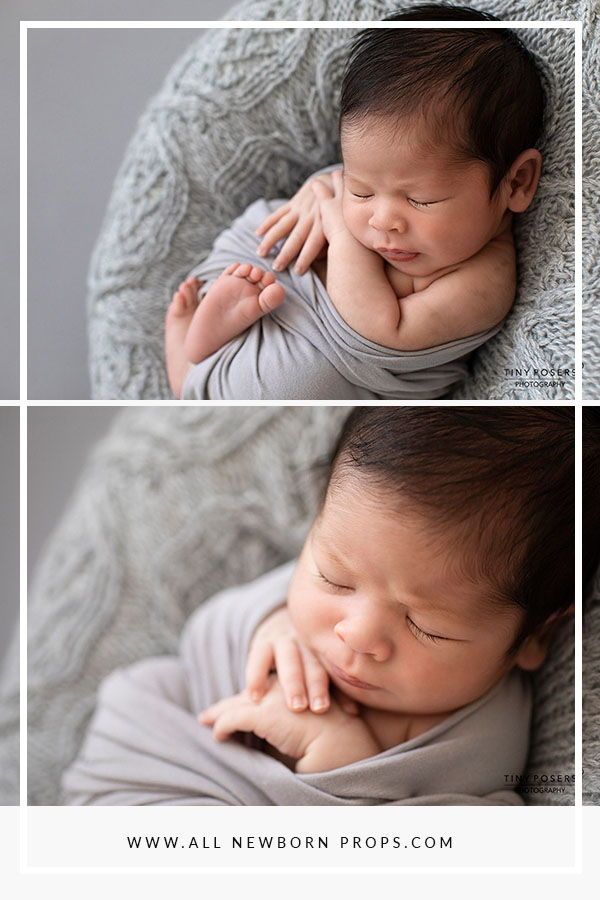
□ Bassinet. Although this item is optional, we added it to our newborn checklist because some parents prefer to use a bassinet in the first few weeks. Bassinets are small and portable; they take up less room than cribs and can be moved easily from room to room. Of course, your little one will eventually need a crib, too.
□ Night-light. You’ll be thanking us for adding this newborn baby essential to our checklist! When you’re making your way to the nursery in the middle of the night for feedings, a night-light is a true newborn necessity. It lets you see where you’re going and what you’re doing without having to turn on any bright lights. As your little one gets older, a night-light may also provide reassurance when they wake up in the middle of the night.
□ Clothes storage. You’ll need a place to put your newborn’s clothing, even if you’ve assembled just the essentials. In some cases, the drawers or shelves that come with the changing table may offer enough storage. Alternatively, you can use baskets or tubs to organize clothes; chests of drawers or wardrobes are also good options.
Alternatively, you can use baskets or tubs to organize clothes; chests of drawers or wardrobes are also good options.
□ Nursery glider or rocking chair. A comfy chair in the nursery is the perfect spot for breastfeeding, a bedtime story or lullaby, and a last cuddle before sleep. It may help make nighttime feedings less disruptive for your baby, and the rocking motion may help calm you and your newborn.
□ Pacifiers. Newborns may want to suck on a pacifier to soothe themselves, so this may be an essential item for you. Keep in mind that pacifiers have a way of disappearing, so you may like to have a few on hand! Pacifiers come in several sizes—double check the manufacturer’s guidelines to make sure you get one that’s appropriate for the newborn stage.
□ Toy basket. Although a toy basket is probably not an essential per se, your newborn baby might acquire some toys, and it's handy to have someplace to put them. If you have shelves, you can also store toys there.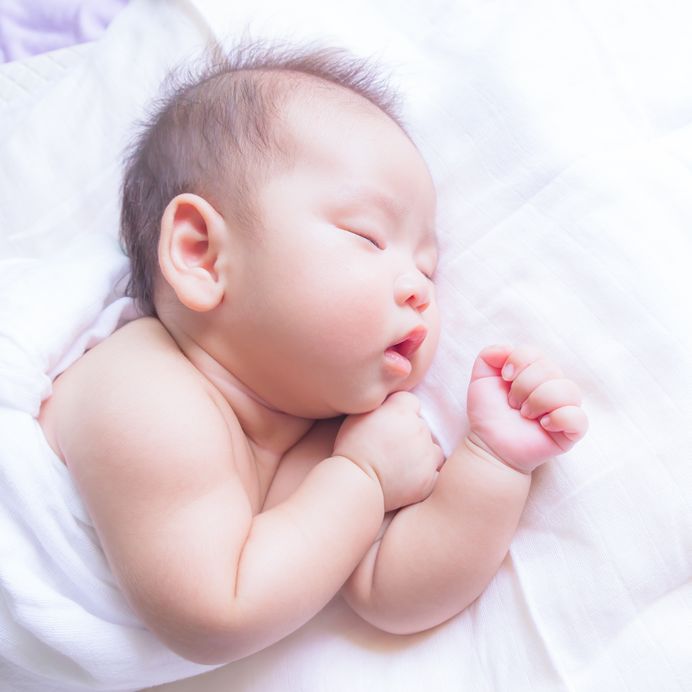
□ Mobile. A colorful mobile (that's safely hung up high, out of reach of your baby) will help entertain your little one. A mobile with a variety of shapes and bright colors (especially red, as it’s the first color babies see) is a good option.
Need some nursery décor inspiration? Take our quiz below!
Playtime Checklist
Our newborn baby checklist would not be complete without toys and baby gear items for playtime. Here are some things you could buy for your baby, or include on your registry, for playtime:
□ Baby swing. Swings sway or vibrate to help soothe your little one. Unlike a bouncer, a swing typically moves without your newborn having to create the movement with their legs; instead, you use the sway or vibration setting. Keep in mind that baby swings have a minimum and maximum weight limit, so make sure you choose one that suits your newborn’s size. Swings often have toys that hang overhead and some even make sounds or play music.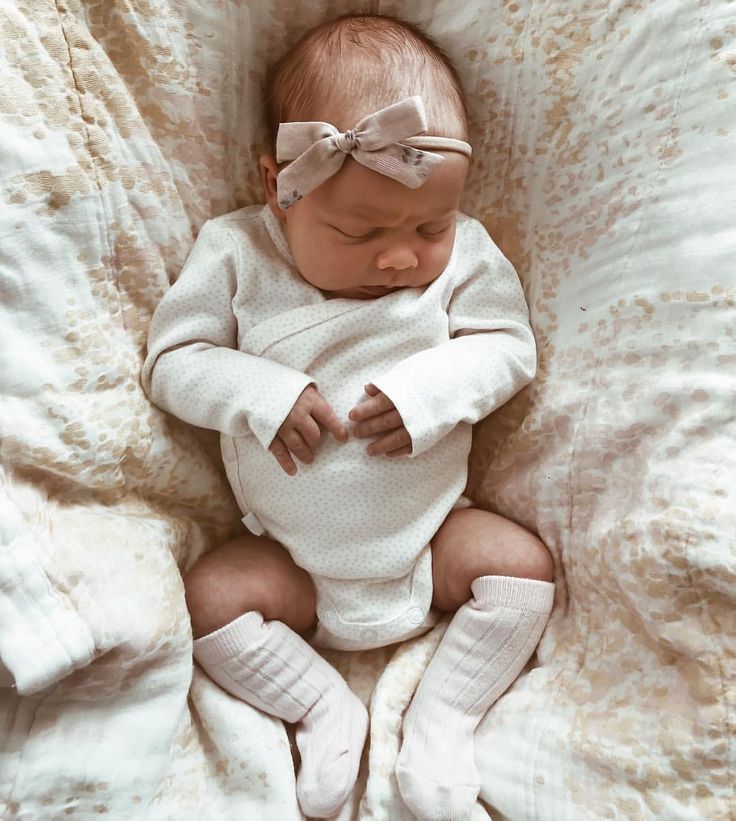
□ Baby bouncer. Bouncers are similar to baby swings, but your baby’s leg movements cause it to bounce. A bouncer could very well be an essential item for you, as it makes it easy for you get things done nearby while knowing your baby is safe and entertained. Bouncers have minimum and maximum weight limits, so take a look at the manufacturer’s guidelines before buying one.
□ Portable play yard. This can provide your newborn with a safe, enclosed place to snooze or play, all while you do things nearby. A portable play yard is great because you can move it around your home according to which room you’re in.
□ Toys. Newborns and very young babies won't enjoy that many toys just yet, other than things like simple rattles or books with high contrast patterns. Before long, soft toys that make sounds, stacking toys, push-pull toys, and busy boxes with lots of exciting features can be good choices to help entertain and support your older baby's development.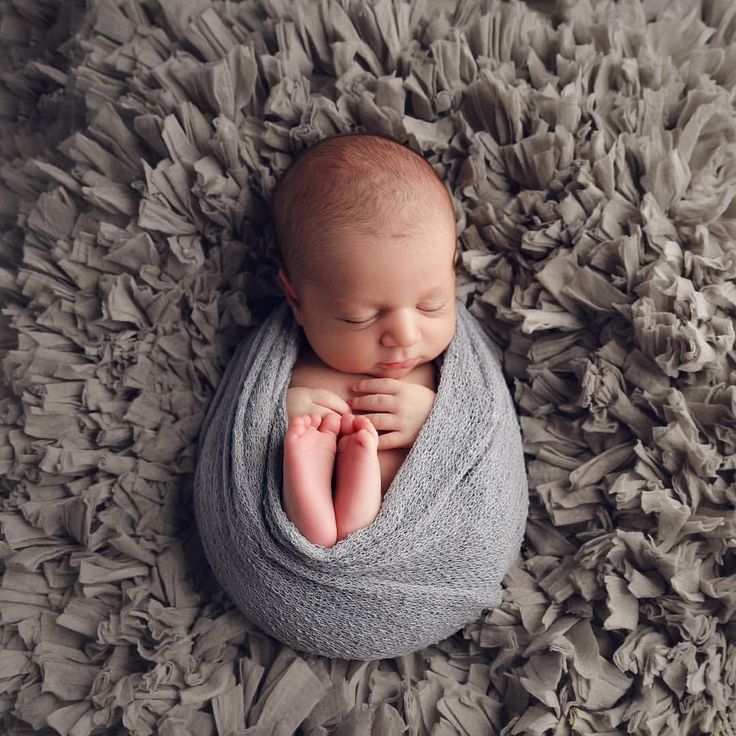 With all baby toys, it’s important to ensure there are no small parts that could be a choking hazard.
With all baby toys, it’s important to ensure there are no small parts that could be a choking hazard.
□ Play mat. Newborns benefit from a little tummy time each day. You can place a thin, soft play mat on the floor to give your little one somewhere to enjoy a few minutes of tummy time a couple of times a day. Always closely supervise tummy time.
To learn more about the benefits of allowing your little one to play during tummy time, watch the video below.
Feeding Checklist
Feeding your baby is an essential part of parenting, and there are many items on our newborn checklist that can help make the process go more smoothly. Consider the following necessities for baby feeding time:
□ Burp cloths. These are designed to protect your clothing when you burp your little one, in case they spit up a little (or a lot!). You could also use a receiving blanket for this, but a burp cloth is smaller, making it easier to manage.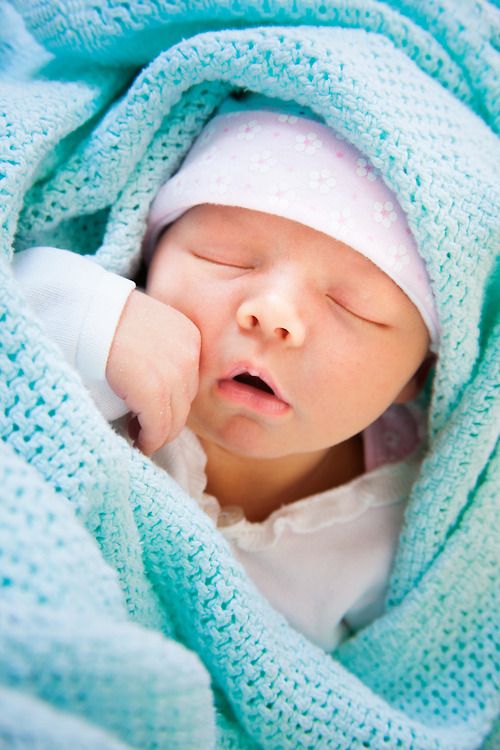
□ Nursing cover. A nursing cover helps shelter you and your little one while breastfeeding. It typically comes with a strap you can tie around your neck to keep it in place. You can also use a receiving blanket as a nursing cover, but as it doesn’t have a strap, it may slip off more easily.
□ Receiving blankets. A receiving blanket is a thin blanket that’s often sold in packs of two or more. We’ve added them to your newborn baby checklist because they are so versatile. These blankets can work as nursing covers and burping cloths, and you can also use them to swaddle your baby.
□ Nursing pillow. For some extra comfort for both you and your little one, consider getting one of these U-shaped cushy pillows. These firm pillows give your newborn somewhere to rest other than your arms, which can also take some of the weight off your body, too.
□ Bibs. Bibs are certainly an essential item, as they can help protect your baby’s clothes from milk, formula, and drool.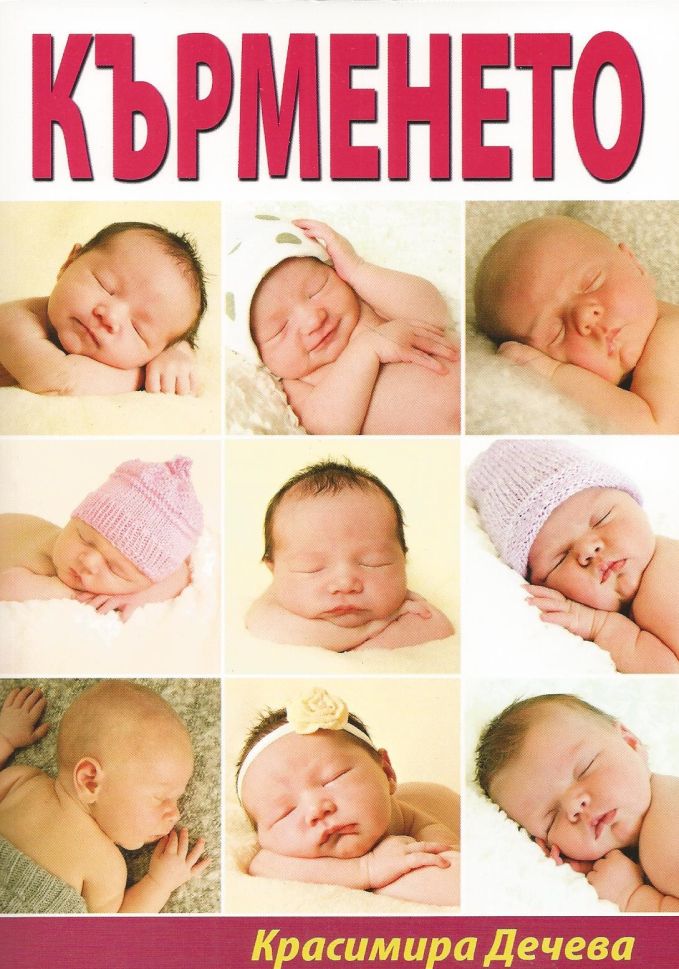
□ Bottles and nipples. Whether you plan to breastfeed or formula feed, baby bottles are must-haves for your newborn checklist. You can choose from glass and plastic options; some of the plastic varieties come with a bottle liner insert to reduce the amount of air your newborn swallows. When choosing a bottle, consider the nipple shape and size. You may need to try a few different nipples before finding one your newborn likes.
□ Breast pump. You can use a manual pump or one that's electric or battery-powered to express breast milk when needed, such as if you return to work or if you’ll be away from your newborn for longer stretches. Some models pump both breasts at the same time.
□ Formula. Your baby’s healthcare provider can help you choose from the many types and brands of formula.
□ Bottle warmer. It can be tricky to safely heat your baby’s stored breast milk or formula. A bottle warmer can be a true time-saver, and therefore, a baby essential, as it helps ensure the milk is evenly warmed.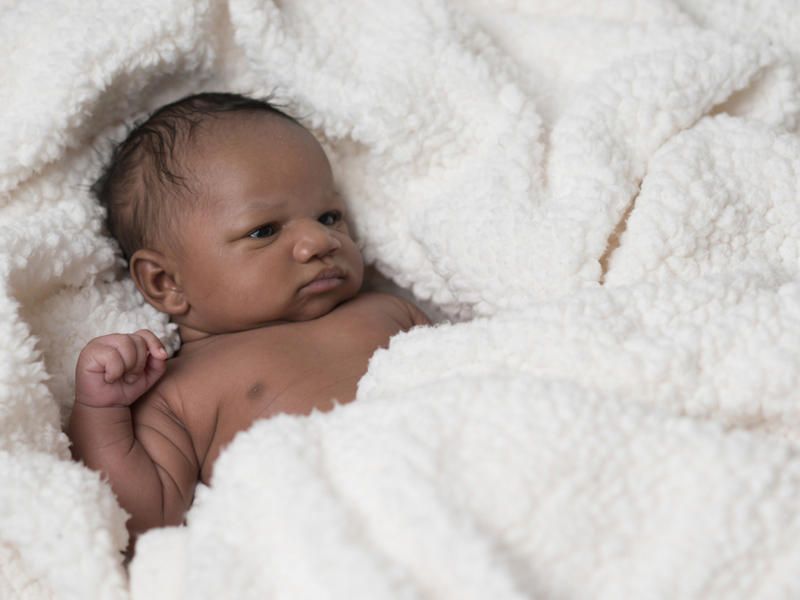
□ Milk storage bags. These little bags help you compactly store breast milk. They’re usually single-use products and may allow you to store milk without having to use bottles for storage purposes. As a bonus, you can usually pump directly into the bag.
□ Bottle brush. This will help you thoroughly clean the inside of the bottle.
□ Bottle sterilizer. You may like the convenience of a sterilizer to keep things like bottles and nipples hygienic, though washing them thoroughly by hand or in the dishwasher works just as well. Some sterilizers come combined with a bottle warmer.
□ Bottle-drying rack. This is not an essential item, but you might find it helpful as a designated space to dry your baby’s bottles, especially if you don’t tend to have much room left on your dish-drying rack.
Diapering Checklist
Get ready for lots of diaper changes! It may not be the most glamorous part of parenting, but it’s an essential routine for your baby.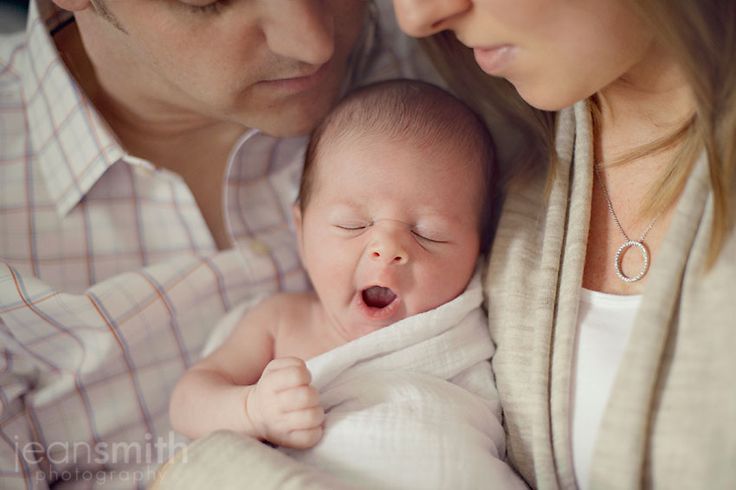 Luckily, you can earn rewards for all those diaper and wipes you purchase with the Pampers Club app.
Here is a comprehensive list of the items you’ll need (or might like to have) for diapering your baby:
Luckily, you can earn rewards for all those diaper and wipes you purchase with the Pampers Club app.
Here is a comprehensive list of the items you’ll need (or might like to have) for diapering your baby:
□ Changing table. You’ll need a safe space to change your little one’s diaper. Changing tables usually have drawers or shelves so you can reach things like diapers, wipes, and fresh clothes without taking your hand off your baby. Just make sure these items aren’t within your newborn’s reach. Some changing tables come with a strap you can use to help secure your baby and prevent falls in case they roll over unexpectedly. Even if you've fastened the strap, always keep at least one hand on your newborn whenever they’re on a raised surface.
□ Changing pad. Having a changing pad helps keep your baby comfortable and the changing table clean. Some pads can be wiped clean, whereas others have removable covers you can machine wash. If you’re looking for convenience, this is certainly an essential baby item!
□ Diapers.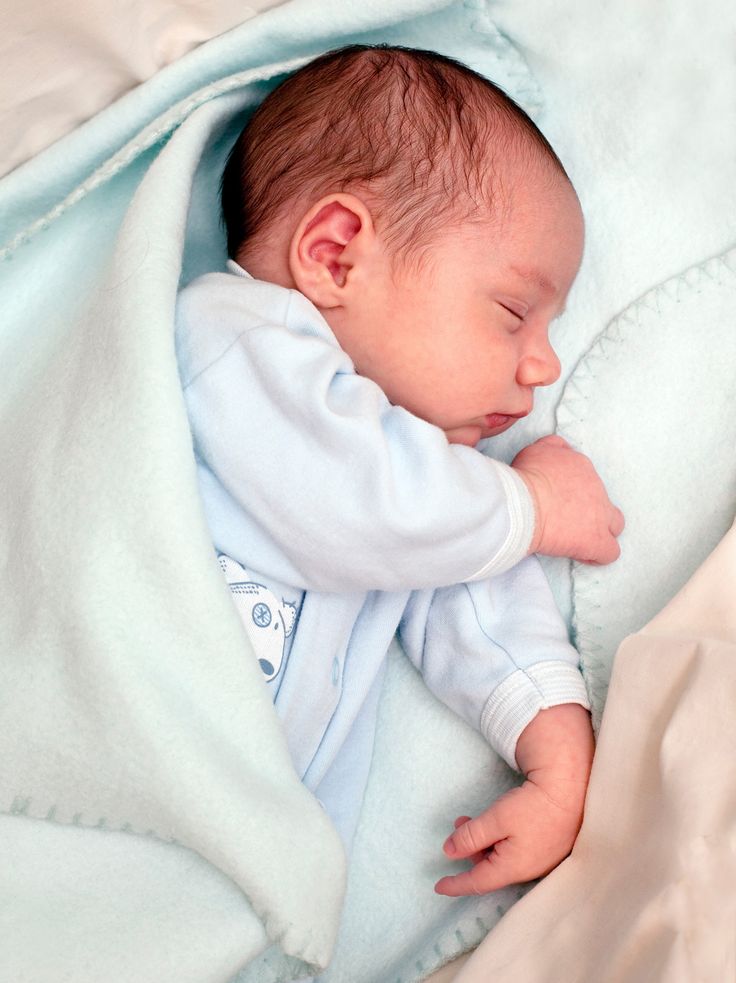 You’ll definitely need diapers, and lots of them! Your newborn may go through something like 70 diapers a week. It’s impossible to know ahead of time what size diaper your newborn will need, so it’s worth buying small packs of a few different sizes. Choose between Swaddlers, Baby-Dry, and Pure. Then, once your baby is born, you can stock up on more of the right size. Read about how to select the right diaper size.
You’ll definitely need diapers, and lots of them! Your newborn may go through something like 70 diapers a week. It’s impossible to know ahead of time what size diaper your newborn will need, so it’s worth buying small packs of a few different sizes. Choose between Swaddlers, Baby-Dry, and Pure. Then, once your baby is born, you can stock up on more of the right size. Read about how to select the right diaper size.
□ Wipes. Gently clean your newborn’s diaper area with wipes. Select from Pure Protection, Aqua Pure, and Pampers Sensitive.
□ Washcloths. Wet a washcloth with warm water and use it to wipe your baby’s diaper area. You can also use a washcloth for cleaning your baby at bath time.
□ Diaper rash cream. It’s not uncommon for babies to get diaper rash from time to time. Ask your baby’s healthcare provider for advice on which cream or ointment is best.
□ Diaper pail. Although optional, diaper pails made it onto our newborn checklist because they help contain smells from dirty diapers.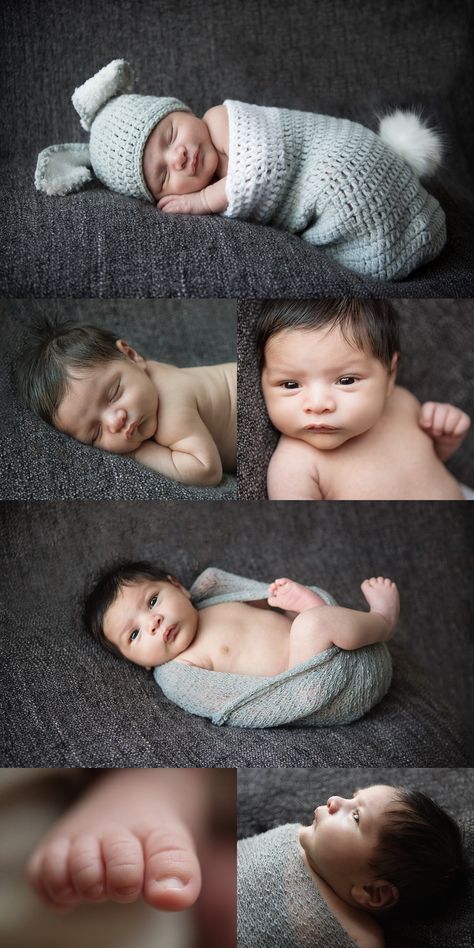 There are many diaper pails on the market, but a key choice is whether you want one that works with regular trash can liners or one with a special liner ring that the manufacturer sells separately. The special liners are better at trapping odors but will cost more overall.
There are many diaper pails on the market, but a key choice is whether you want one that works with regular trash can liners or one with a special liner ring that the manufacturer sells separately. The special liners are better at trapping odors but will cost more overall.
If you’re new to parenting, and, therefore, new to diapering, fear not! We’ve got you covered with our downloadable new parents’ guide.
Clothing Checklist
It’s fun to shop for (or be given) adorable, mini-size baby clothes. Keep in mind that newborns grow out of smaller-sized clothes quickly—sometimes in a matter of days—so you might want to buy bigger sizes, too. Besides being cute, newborn baby clothing is an essential item for your checklist. Don’t forget to include layers (unless you live in a particularly warm climate). It’s usually best to dress your newborn in one more layer than you’re wearing yourself.
The following are the most important things to buy for your baby’s wardrobe:
□ Swaddle blanket.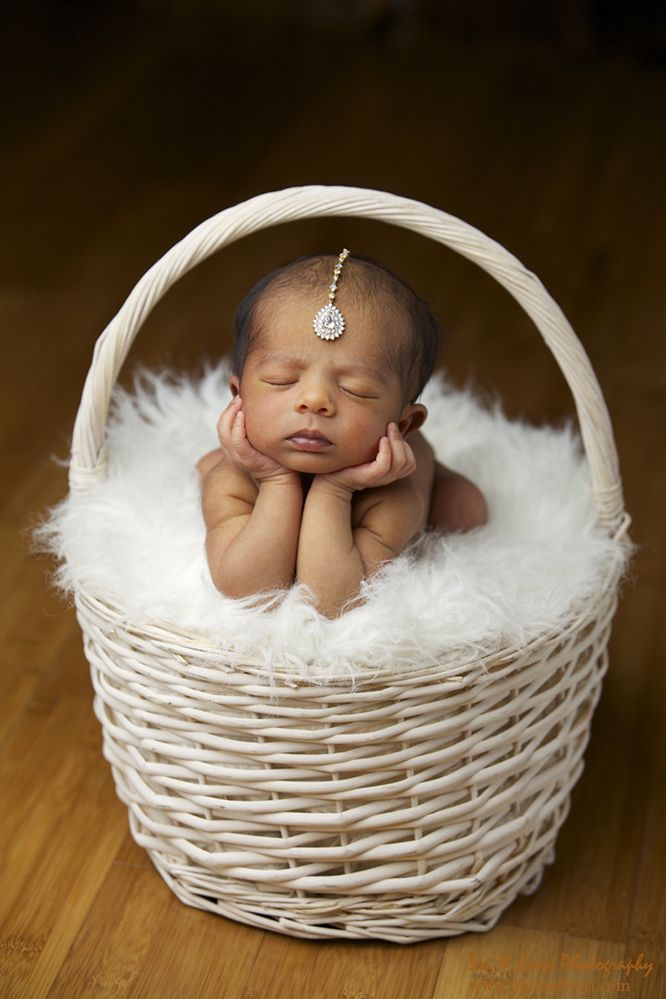 During the first few weeks, you may wish to swaddle your baby, and a special blanket can be helpful. Although you can use a receiving blanket, there are other options available, including ones that have a hook-and-loop fastener for more convenience.
During the first few weeks, you may wish to swaddle your baby, and a special blanket can be helpful. Although you can use a receiving blanket, there are other options available, including ones that have a hook-and-loop fastener for more convenience.
□ Pajamas, sleepers, or sleeping sacks. Your baby will spend much of their time snoozing, so sleepwear is certainly part of the newborn essentials. Whatever type of sleepwear you choose, you'll probably want a style that covers your baby's feet—some pajamas do, as do sleepers and sleeping sacks. Some sleeping sacks allow babies to also wear pajamas underneath.
□ Undershirts and one-piece outfits. Some styles close with snaps between the legs, which offers easy access for diaper changes. Depending on what the weather will be, choose items with short or long sleeves, and choose between ones that keep your newborn’s legs entirely exposed or full-body options that cover the legs and feet.
□ T-shirts. During the day, if you plan to dress your newborn in leggings or pants, you’ll need tops such as T-shirts to go with them.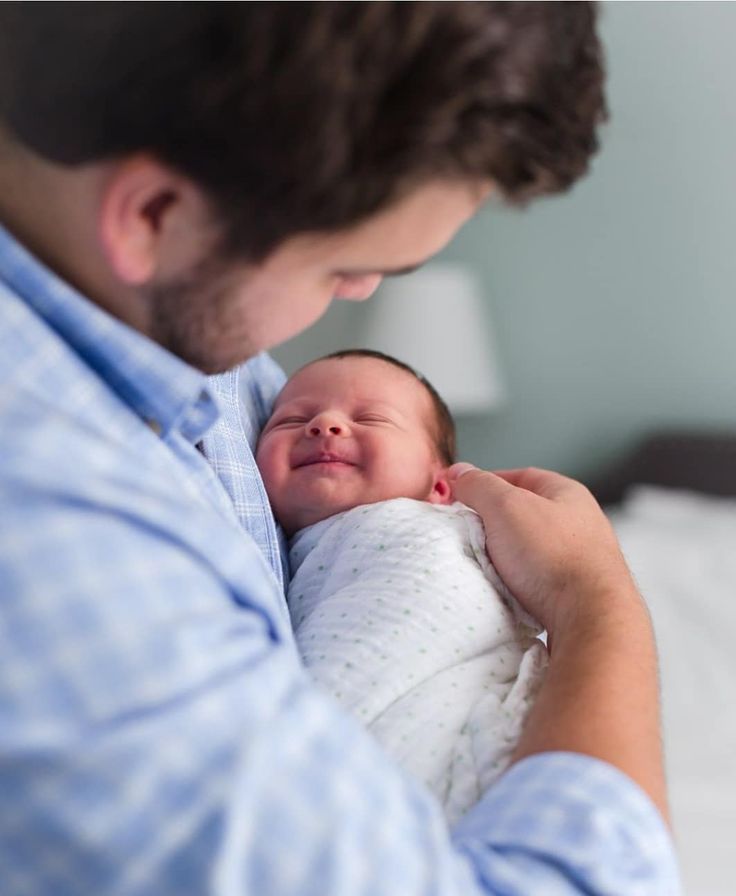
□ Leggings or stretchy pants. Whether you’re a new parent or an experienced pro, you’ll appreciate how essential comfy pants are for your newborn!
□ Sweater or jacket. To keep your little one warm, nothing on this newborn baby checklist beats a sweater or a jacket. Cardigans and jackets are easier to take off than pullover sweaters and can be left open at the front if the weather fluctuates.
□ Socks or booties. You’ll need lots of socks and maybe some booties, too. Your newborn doesn’t need real shoes yet—these won't be necessary until they start walking outside.
□ Hat with brim. This will help protect your little one from the sun.
□ Knit hat or cap. If it will be cold when your baby is born, have one of these on hand to ensure their head is kept nice and warm.
□ Bunting bag or snowsuit. Another cold-weather essential you'll want to have is a bunting bag or snowsuit! Some designs even come with attached mittens.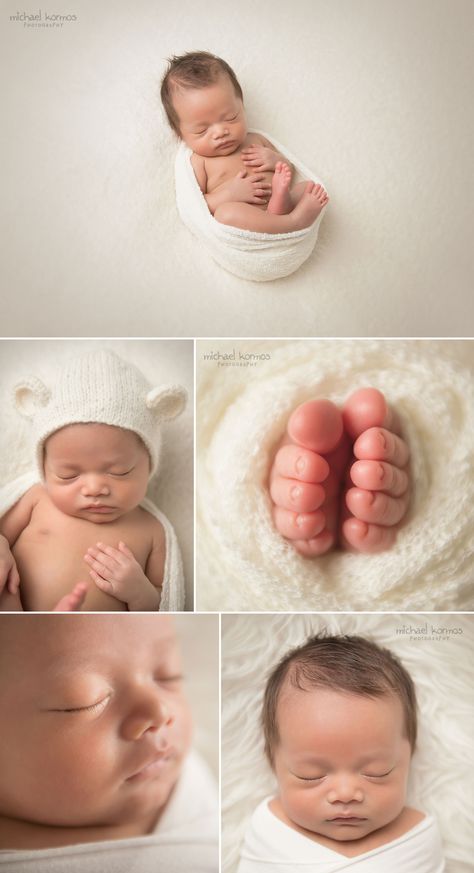
□ Mittens. Cute little mittens are great for the cooler months.
□ Special outfit. This is an optional item, but we wanted to keep it on our newborn checklist in case you’ll need something for a holiday or special occasion. Just keep in mind that your little one will soon outgrow what they’re wearing, so take lots of pictures while you can!
Bath Time Checklist
During your baby’s first year, they may only need about three baths a week. However, even a minimal bathing schedule requires some newborn baby essentials! Our checklist includes everything you’ll need for your baby’s bath time in the first few months:
□ Baby bath seat or tub. Your newborn will have sponge baths at first, until the umbilical cord stump has fallen off; but, eventually, you'll need some sort of seat or tub for bathing. Just make sure it works for newborns or that it comes with a newborn insert to suit your baby’s small size.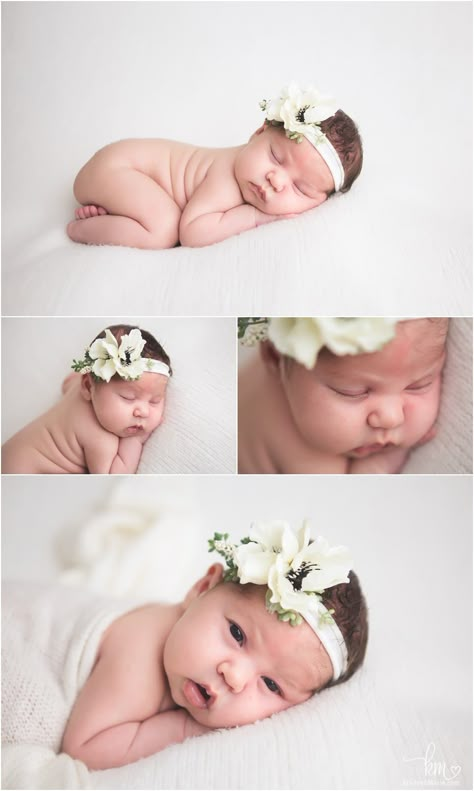
□ Shampoo. If your newborn has hair, you can use a shampoo designed specifically for babies.
□ Soap. Choose a mild soap designed for newborns and young babies.
□ Cup. A plastic scoop or cup helps you gently pour water over your baby’s hair or skin to rinse out the soap or shampoo. Just be extra careful not to get soapy water in your little one’s eyes!
□ Towels. You’ll want a soft towel—perhaps even one that comes with a hood for easier drying.
□ Washcloths. These can help with gently wiping your baby.
□ Baby moisturizer. A newborn doesn't usually need special lotions, but if your little one has dry patches of skin, you can apply a non-perfumed baby moisturizer.
On-the-Go Checklist
You might be surprised by how much you need when you take your little one out and about. To make sure you have the essentials, our newborn checklist includes all the gear you might need when you’re out with your baby:
□ Car seat.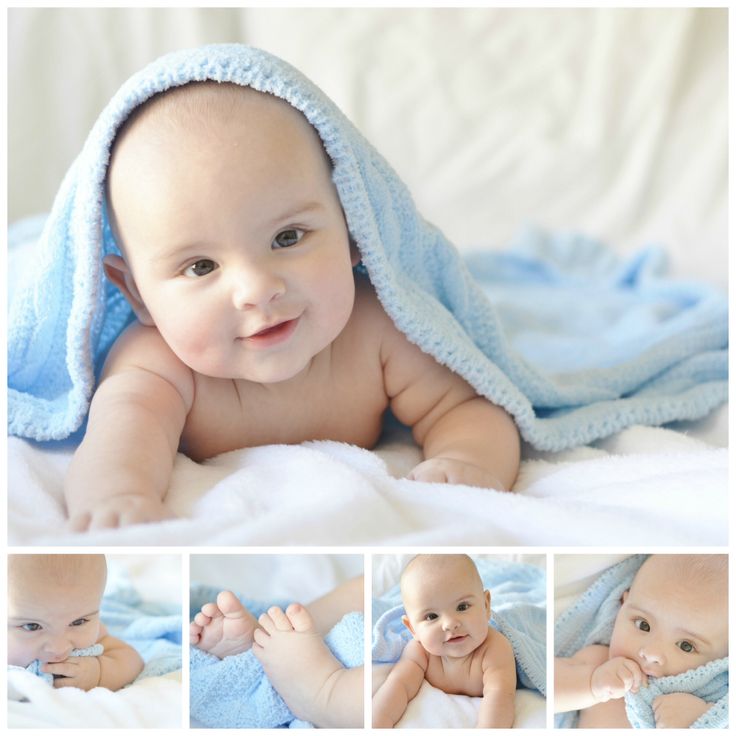 A car seat is one of the most important essentials on our newborn baby checklist. Your baby will need one the moment you ride home from the hospital and for every car ride thereafter. Choose a rear-facing car seat that meets the latest safety standards and is suitable for your newborn’s size and weight. Ensure the car seat is properly fitted to your car, and installed facing the back, all before your due date.
A car seat is one of the most important essentials on our newborn baby checklist. Your baby will need one the moment you ride home from the hospital and for every car ride thereafter. Choose a rear-facing car seat that meets the latest safety standards and is suitable for your newborn’s size and weight. Ensure the car seat is properly fitted to your car, and installed facing the back, all before your due date.
□ Stroller. There are many stroller styles on the market, including car seat carrier strollers, travel systems, and full-sized strollers, all of which can work from the newborn stage. Check that the stroller you like meets the latest safety standards.
□ Baby carrier or wrap. This item can be super useful to keep your baby close as you move around, while also leaving you with your hands free. Baby carriers come in several styles, including wraps, slings, front packs, and backpacks. Keep in mind that some baby carriers need a newborn insert to be used safely for this age group.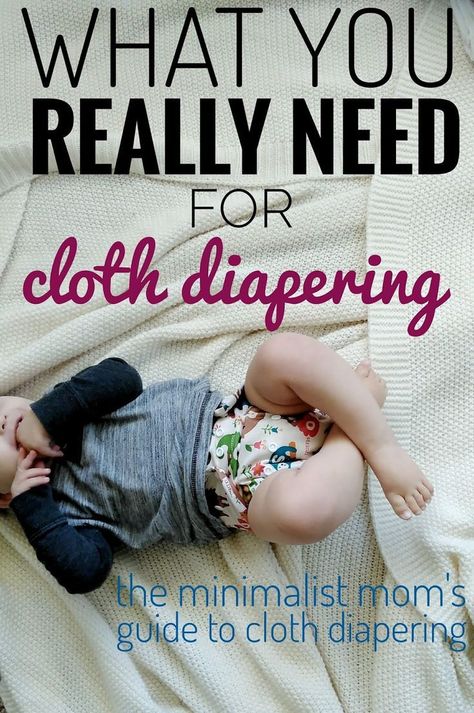 Follow the latest safety guidelines when using your carrier.
Follow the latest safety guidelines when using your carrier.
□ Diaper bag. It's one of the most important baby essentials, and you’ll be thankful you have a diaper bag that fits all the things you need when you’re away from home with your little one. Diaper bags come in designs that range from functional to fashionable. With a backpack diaper bag, for example, you won’t even look like you’re carrying baby gear.
□ Sun shade for car windows. It’s important to keep your newborn out of direct sunlight to protect their delicate skin. You might like to cover the back-seat windows of your car with a shade cover to keep your newborn out of the sun.
□ Portable crib. If you’re planning to travel or take your baby to Grandma’s, a portable crib may be an essential item for your lifestyle. Check that the portable crib you’re considering meets the latest safety standards.
□ Portable changing pad. A portable changing pad can also help ensure you always have somewhere clean to change your little one’s diapers.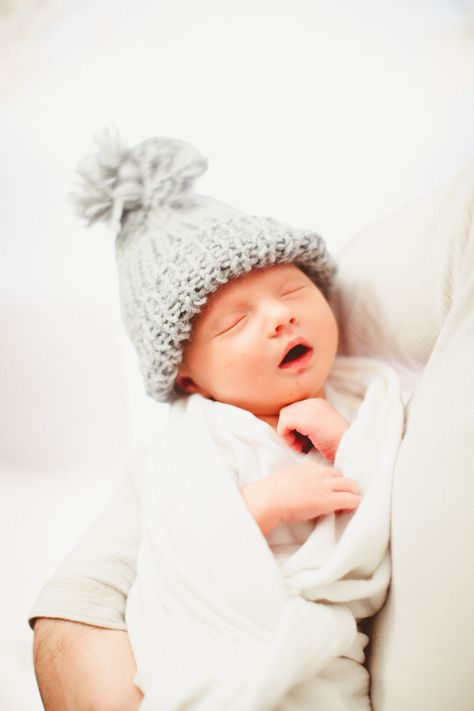 The pads usually roll up quite compactly to fit in most diaper bags.
The pads usually roll up quite compactly to fit in most diaper bags.
□ Disposable diaper pail. These are great for having somewhere to store your baby’s dirty diapers, no matter where you are.
□ Stroller rain cover. You may like to buy this accessory when you select a stroller. If the manufacturer doesn’t sell one, universal models are available.
Still on the hunt for a baby name? Get some inspiration with our Baby Name Generator and filter through thousands of titles to find the perfect match!
RELATED PREGNANCY TOOL
Baby Name Generator
By gender:
Unisex
By theme:
Nature
Mythology
Health and Safety Checklist
It’s helpful to have a good supply of newborn health essentials, as at some point you’ll need to take your baby’s temperature or put a bandage on a small scratch. These are some basic items to have at home:
□ First-aid kit. Stock this with basic items like a baby thermometer, tweezers, antibiotic ointment, adhesive bandages, and petroleum jelly, all in one place.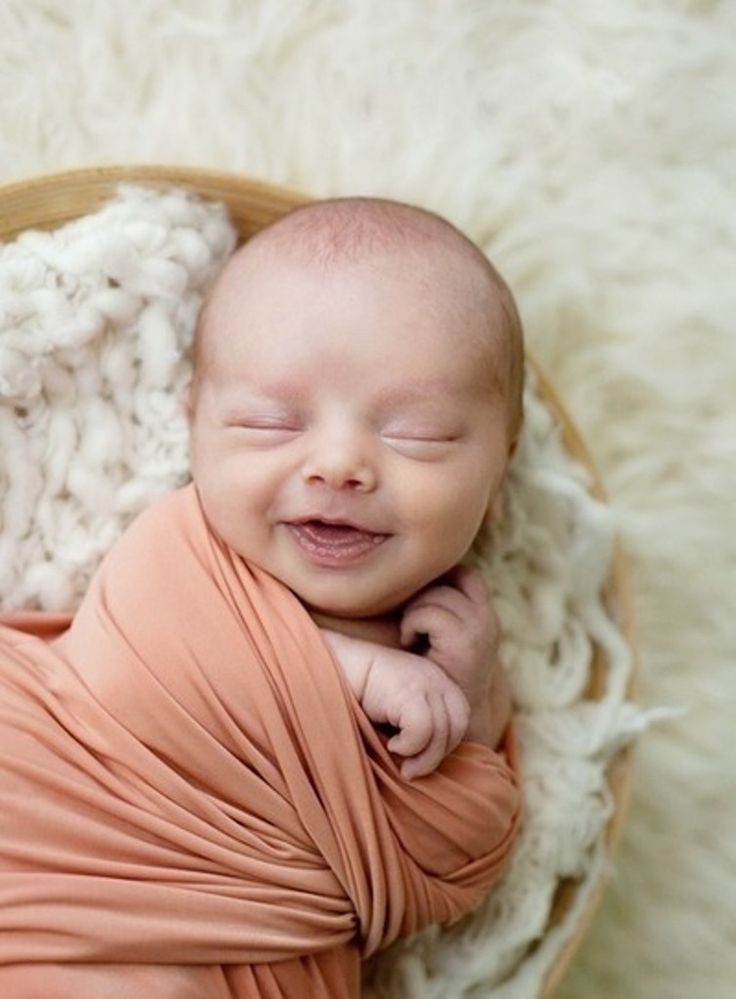 You may wish to have another first-aid kit in the car or the diaper bag so you have some of these essentials when you’re on the go as well.
You may wish to have another first-aid kit in the car or the diaper bag so you have some of these essentials when you’re on the go as well.
□ Bulb syringe. You can gently remove mucus from your baby’s nose with one of these handy syringes.
□ Nail clippers or a soft emery board. Your little one’s nails will need trimming from time to time, which will also help prevent accidental scratching.
□ Soft-bristled hairbrush. Even if your little one doesn’t have much hair, a brush can help loosen scales if your newborn ends up with cradle cap.
□ Sunscreen. Generally speaking, you should keep your little one out of direct sunlight for at least the first six months. However, you may apply a little sunscreen to any exposed areas, like the face and hands, if adequate clothing and/or shade isn't available.
□ Gentle detergent. You can use gentle detergents to wash all of your newborn’s clothes and bedding for the first few months.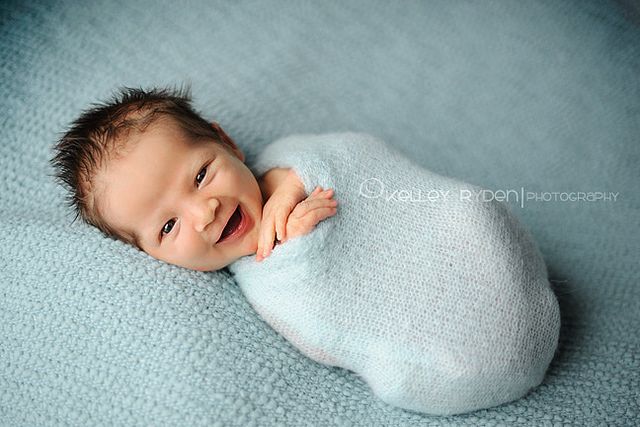 If your baby’s skin shows any signs of irritation, try a hypoallergenic alternative, perhaps one designed especially for babies and recommended by pediatricians, such as Dreft.
If your baby’s skin shows any signs of irritation, try a hypoallergenic alternative, perhaps one designed especially for babies and recommended by pediatricians, such as Dreft.
□ Babyproofing supplies. Although your newborn won’t be independently moving around for a while, babyproofing tools and supplies are an eventual must-have on your newborn checklist. It may even help to tackle some babyproofing chores ahead of time.
Sleep Checklist
Sleep may be a top concern on many new parents’ minds. Everyone talks about the sleep disruption that comes with a new baby, but almost no one talks about the things you can do ahead of time to help nurture your baby’s sleep to get them sleeping—like a baby—from day one. Use this sleep checklist from our resident pediatric sleep coach to help you establish healthy sleep habits: □ White-noise machine or music player. White noise mimics the sound of the womb and can help comfort your newborn adjust the world outside of the womb, helping them fall asleep faster..jpg)
□ Humidifier. A humidifier helps moisturize the air. Your baby’s healthcare provider may recommend getting a cool mist humidifier one for the nursery if the air is particularly dry. Avoiding overly dry air may help keep your newborn comfortable, especially if they have a cough or cold.
□ Blackout shades. Since the body’s circadian rhythm is largely governed by light, even the smallest crack of light can cause short naps, early wakeups, or bedtime resistance. A good set of blackout shades are worth every penny when it comes to quality of sleep.
□ Smart Sleep Coach by Pampers. To help create your baby’s customized sleep plan, this app features a smart sleep scheduler that updates with each naptime and bedtime you track. It also offers sleep support and advice from pediatricians and sleep experts.
Watch this short video for sleeping tips from pediatric sleep coach Mandy Treeby cofounder of the Smart Sleep Coach app:
Education and Preparation
Although the following items are not physical things to buy for your baby, preparing to become a parent and educating yourself on childbirth and baby care deserve a place on any newborn checklist. Before your baby arrives, soak up the wealth of information that will best prepare you for the months ahead with your sweet newborn.
Before your baby arrives, soak up the wealth of information that will best prepare you for the months ahead with your sweet newborn.
Here are a few suggestions that parents often find invaluable:
□ Childbirth education classes. Gain practical knowledge and get a hands-on understanding of the entire process of birth. Classes generally cover relaxation techniques, the stages of labor, pain relief options, birth planning, and more.
□ Prenatal breastfeeding classes. These can help increase your confidence when nursing your newborn. While breastfeeding is considered one of the most natural things in the world, it’s still a learned behavior. Your baby may be born with all the natural instincts to help them latch and nurse; however, there may still be a learning curve for both you and your little one. Investing time in a class now may prove beneficial later on. Download Your Go-To Breastfeeding Guide here for some helpful guidance.
The Bottom Line
Preparing for the arrival of your newborn can be both fun and exhausting. By following this checklist, you’ll have all the things you’ll need for your newborn baby. To make it a bit easier, download a simplified version of this checklist to have on hand while you shop and prepare for your little one’s debut.
By following this checklist, you’ll have all the things you’ll need for your newborn baby. To make it a bit easier, download a simplified version of this checklist to have on hand while you shop and prepare for your little one’s debut.
And if you're still working on your baby shower registry, you might like to add some of these items so that your loved ones know what you actually need!
7 Best Humidifiers for Babies in 2020
Sometimes, the air in your home may not have enough moisture. If the air is too dry, it can cause your baby some discomfort, especially if she has allergies, a cold, or the flu.
A humidifier can help moisturize the air, which might help reduce certain symptoms your little one might be experiencing, such as congestion or a sore throat.
In order to find out which humidifiers are the best on the market, we polled more than 5,000 Pampers Parents. Based on their votes and reviews, we narrowed down the list to seven products.
Learn more about how humidifiers work and then read our product reviews to help you find the right one for you and your family.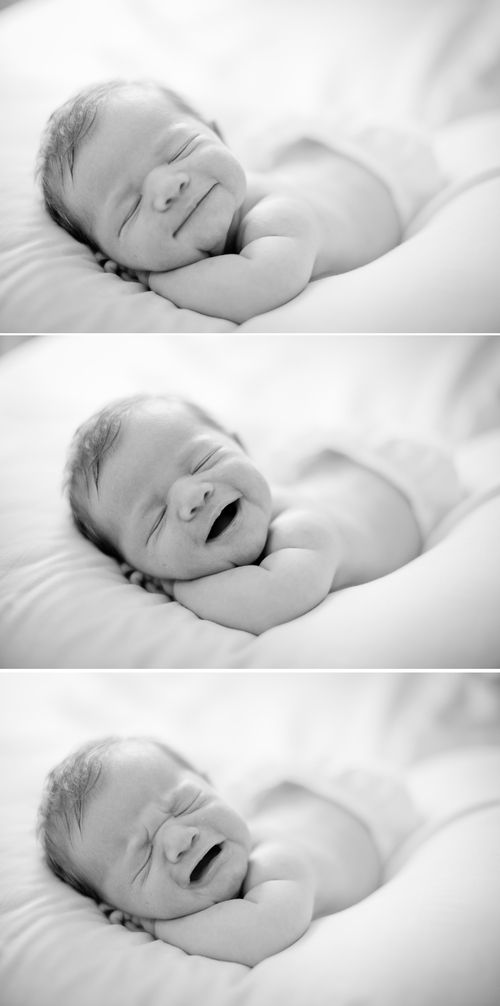
7 Best Humidifiers for Your Baby
Here are the seven best humidifiers for your baby as voted on by Pampers Parents:
1. Vicks Mini Cool Mist Ultrasonic Humidifier
Why pick this one? An advantage of this model from Vicks is that it doesn’t use a filter, so you don’t have to worry about replacing one periodically. The unit features an automatic shut-off when the water tank becomes empty. The large translucent half-gallon tank is easy to clean, and because it’s see-through it’s easier to monitor the water level. This humidifier runs for up to 20 hours when set to low.
This mini model is the smallest humidifier on the list, making it portable — a nice feature if you travel or if your little one sleeps over at the grandparents’ sometimes.
Highlights: This humidifier is compatible with Vicks VapoPads, which can be placed on the integrated scent pad heater to release the relieving vapors for when your baby has a cold.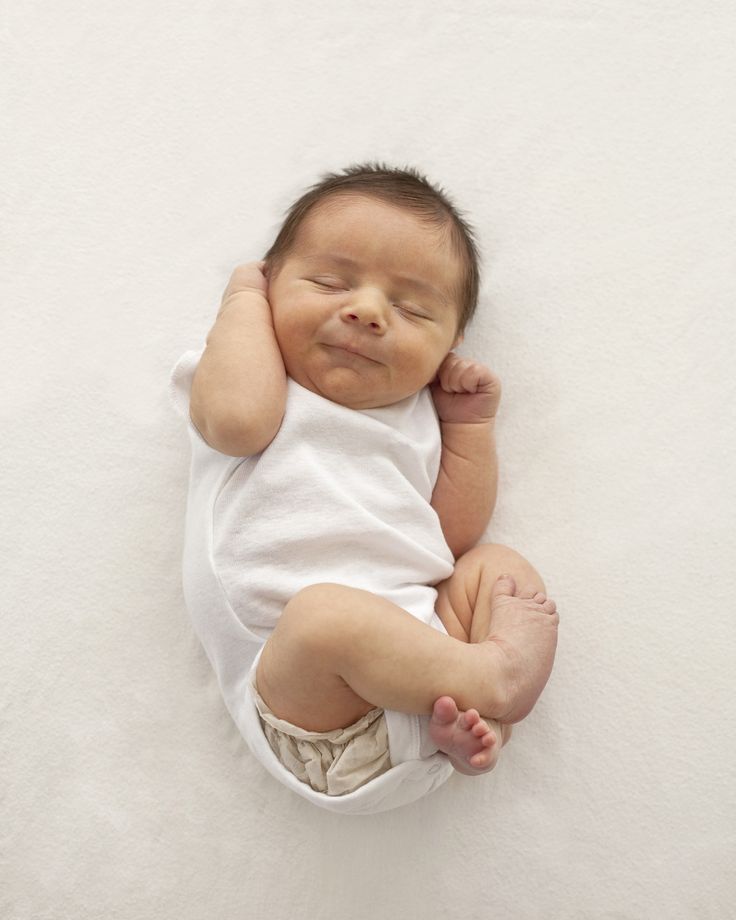
Price*: about $30.20 on Amazon.com
Pampers Parents pros and cons:
Pros: It’s easy to clean, small, convenient, quiet, and it works with the Vicks pads.
Cons: It can run out of water too fast
Buy it NOW
2. Crane Ultrasonic Cool Mist Humidifiers
Why pick this one? The Crane humidifier is made out of anti-microbial material in order to reduce the chance of mold and bacteria growing in the unit. It has a one-gallon tank that is easily fillable under most bathroom sinks.
According to the manufacturer, the unit runs whisper quiet for up to 24 hours, and automatically shuts off when the water runs low. The unit can humidify a room of up to 500 square feet.
Highlights: The unit does not require a filter but a filter can be purchased separately to help screen out any mineral deposits in the water before it’s misted into the room.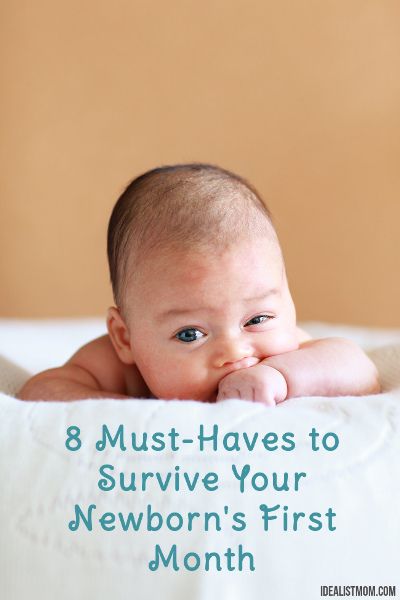 The unit also features a 360-degree lid, which can rotate to deliver mist in any direction you like.
The unit also features a 360-degree lid, which can rotate to deliver mist in any direction you like.
Price*: about $42.68 on Amazon.com
Pampers Parents pros and cons:
Pros: It’s quiet, easy to clean, and easy to direct the steam where you need it.
Cons: The narrow steam opening can make it harder to clean.
Buy it NOW
3. Safety 1st 360 Degree Cool Mist Ultrasonic Humidifier
Why pick this one? This Safety 1st humidifier uses ultrasonic technology, which enables it to operate more quietly than the other types. It works for about 24 hours when on the low setting. There’s an auto shut-off and indicator light to let you know when the tank is out of water.
Highlights: It has 2 mist outlets that rotate 360 degrees — this is great if you have 2 children sharing a room, for example.
Price*: about $29.99 on Amazon.com
Pampers Parents pros and cons:
Pros: It’s easy to use, reliable, and quiet.
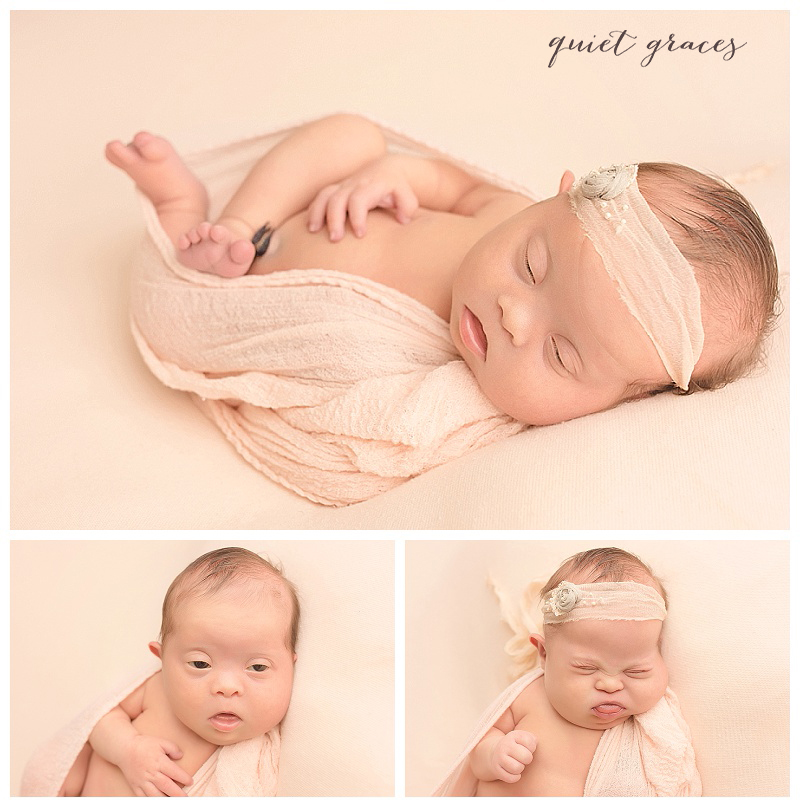
Cons: The water tank could be larger, and it can be difficult to refill
Buy it NOW
4. Honeywell HCM350W Germ Free Cool Mist Humidifier
Why pick this one? This humidifier from Honeywell uses evaporative technology, in that moisture is blown off a wicking filter, which looks like a cylindrical sponge that absorbs the water. The manufacturer claims that this type of humidifier doesn’t add more moisture to the air than it can hold, and that your home won’t feel like a humid rainforest.
The unit comes with a replaceable filter, but some Pampers Parents wished it was a reusable filter instead so that they wouldn’t have to keep buying replacements.
Highlights: The humidifier uses UV light technology to kill bacteria, mold, fungus, and viruses that might be lurking in the water, helping to ensure the steam that’s emitted is germfree.
Price*: about $62.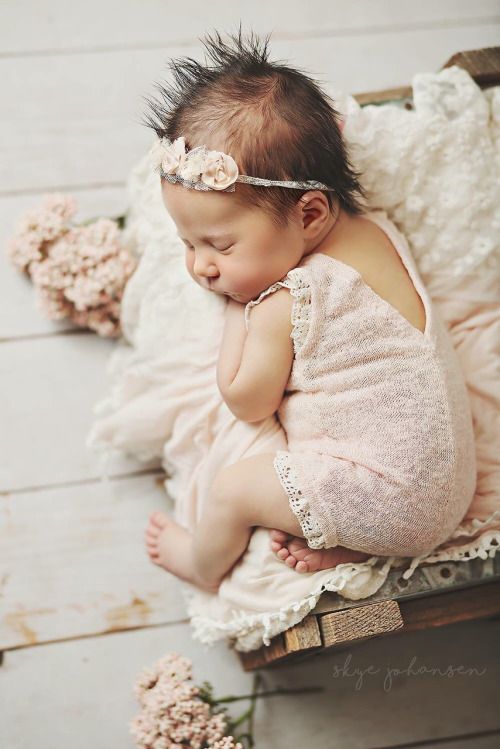 29 on Amazon.com
29 on Amazon.com
Pampers Parents pros and cons:
Pros: It features UV germ-killing technology.
Cons: The unit is quite large, and the filter requires replacement periodically.
Buy it NOW
5. Pure Enrichment MistAire Ultrasonic Cool Mist Humidifier
Why pick this one? Featuring ultrasonic technology, which is utilized by the quietest humidifiers, this unit by Pure Enrichment can easily be adjusted from low to high speeds. You can also set the misting direction. When the water level is low, the unit shuts off automatically.
The unit features a 360-degree misting nozzle and it comes with a cleaning brush. Some Pampers Parents complained that this humidifier isn’t easy to clean.
Highlights: The unit features a nightlight.
Price*: about $30.57 on Amazon.com
Pampers Parents pros and cons:
Pros: It’s easy to use and refill.
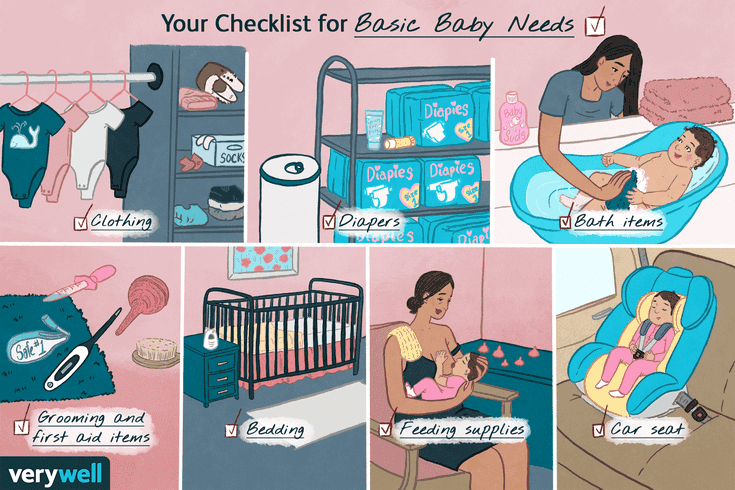
Cons: The tank could be larger. On the high setting, one Pampers Parent said the water tank isn’t able to last through the night.
Buy it NOW
6. TaoTronics Cool Mist Humidifier
Why pick this one? Easily control the TaoTronics ultrasonic-style humidifier by turning the knob to adjust the mist level. An LED indicator lets you know if the water level is getting low.
The manufacturer claims this humidifier is as quiet as a library, and that it won’t disturb your baby’s sleep. It has 2 360-degree rotatable misting nozzles that can be adjusted for direction and misting amount.
Highlights: The unit features a built-in ceramic filter, which purifies tap water and reduces odors. Keep in mind that the filter should be changed every four to six months.
Price*: about $31.99 on Amazon.com
Pampers Parents pros and cons:
Pros: Easy to use, quiet, and it has two misting nozzles instead of the typical one.
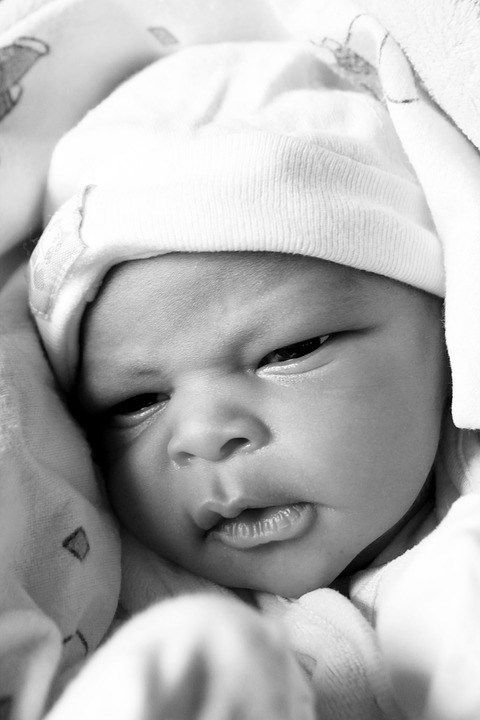
Cons: It isn’t so easy to clean.
Buy it NOW
7. Everlasting Comfort Ultrasonic Cool Mist Humidifier
Why pick this one? The manufacturer of the Everlasting Comfort humidifier claims its model has super high mist output, and lasts 50 hours straight, making this model the longest lasting on our list. The unit’s ultrasonic technology ensures quiet operation.
Like many of the other models on this list, this one has 360-degree rotating nozzles. There is also a nightlight and an automatic shut-off feature.
Highlights: The unit features an essential oils tray so that you can add your favorite oil, and the fan will circulate the oils into the mist. This is the only model on our list that offers this, so if you’d like to add scent to your baby’s nursery this might be the humidifier for you.
Price*: about $56.95 on Amazon.com
Pampers Parents pros and cons:
Pros: It has a large capacity, a variety of settings, and runs quietly.
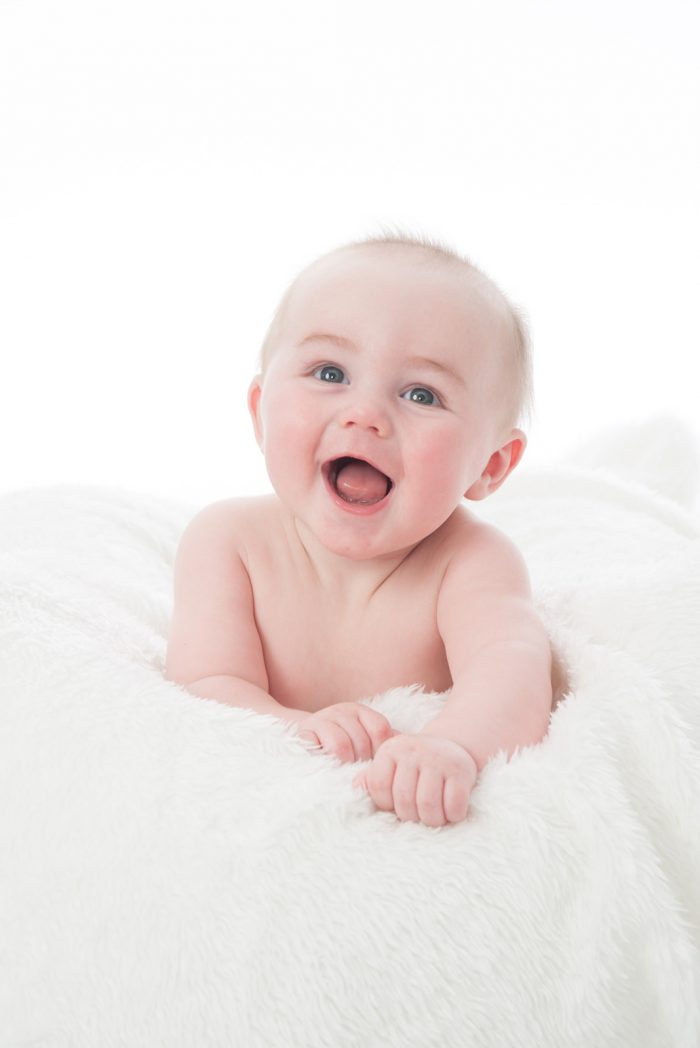
Cons: It can be difficult to refill the water tank.
Buy it NOW
What is a Humidifier?
A humidifier is a device that helps add humidity to the air. This can be especially useful if the air is quite dry in your home. Your child’s healthcare provider may even recommend the use of a cool mist humidifier if your baby has a cold or gets regular nosebleeds, for example.
The benefits of using a humidifier include helping to reduce or alleviate symptoms such as:
A sore or dry throat
A stuffy or runny nose
Chest congestion
Coughing
Swollen tonsils
Nosebleeds
Allergies
Asthma.
Keep in mind that it’s best to check with your healthcare provider before using a humidifier for allergies or asthma, as a humidifier will help in only some cases.
What Types of Humidifiers Are There?
There are two main types of humidifiers: warm mist and cool mist. For children, healthcare providers typically recommend cool mist humidifiers. This is because the hot water or steam in warm mist humidifiers can pose a safety risk.
Within the cool mist category, there are three kinds of humidifiers:
Evaporative. This kind uses a fan to blow air over a sponge-like cylinder that has absorbed the water.
Impeller. This model produces mist with a rotating disk.
Ultrasonic. This kind uses vibration to emit water in the form of a mist. This tends to be the quietest kind of humidifier. Except for the Honeywell HCM350W Germ Free Cool Mist Humidifier [anchor link to Honeywell HCM350W Germ Free Cool Mist Humidifier], which is an evaporative type, all the humidifiers on our list are ultrasonic.
What to Consider When Choosing a Humidifier
Here are some aspects to consider when shopping for a humidifier:
Is it easy to clean? Keeping your humidifier clean and free from mold ensures that the moisture it’s generating will be safe for your little one to breathe.
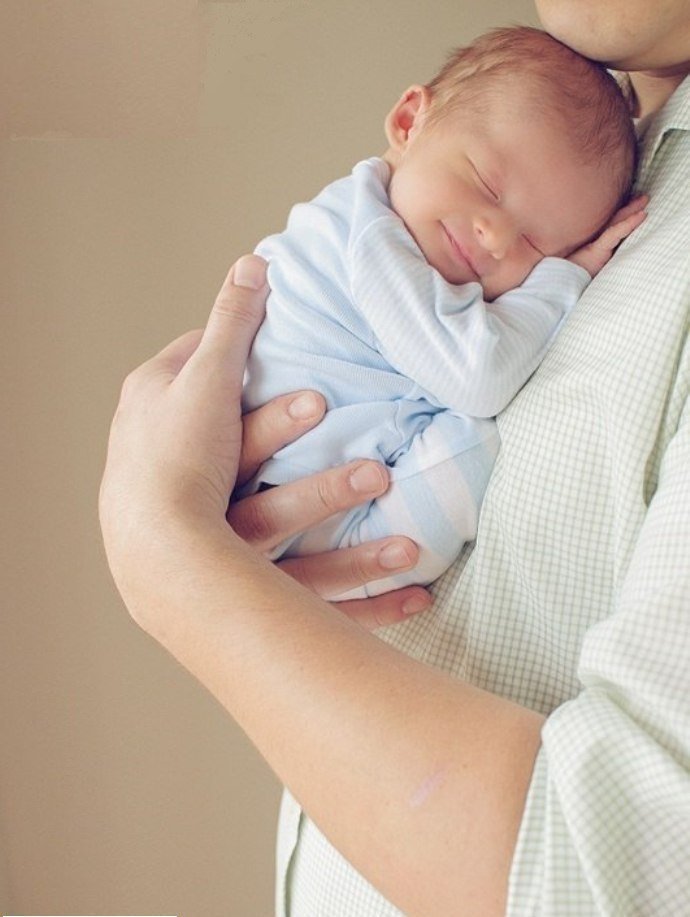 Look for a humidifier you’ll find easy enough to clean so that you can drain, rinse, and dry it every day without too much hassle.
Look for a humidifier you’ll find easy enough to clean so that you can drain, rinse, and dry it every day without too much hassle.Does it have an automatic shut-off feature? Most models include an automatic shut-off function that kicks in when the water tank starts to become empty. All of the models on this list have an automatic shut-off.
Does it need a filter? Some models on our list come with a filter, which can help trap mineral deposits in the water, but this isn’t typical for the cool-mist style of humidifier. If you choose a model with a filter, know that it may need to be replaced from time to time, according to the manufacturer’s recommendations.
Can it take essential oils? Many Pampers Parents noted that they were disappointed they couldn’t use essential oils in their humidifier. Using essential oils isn't recommended with most models, as the oils can clog the mister. There is one model on our list, the Everlasting Comfort Ultrasonic Cool Mist Humidifier, which features an essential oils tray.
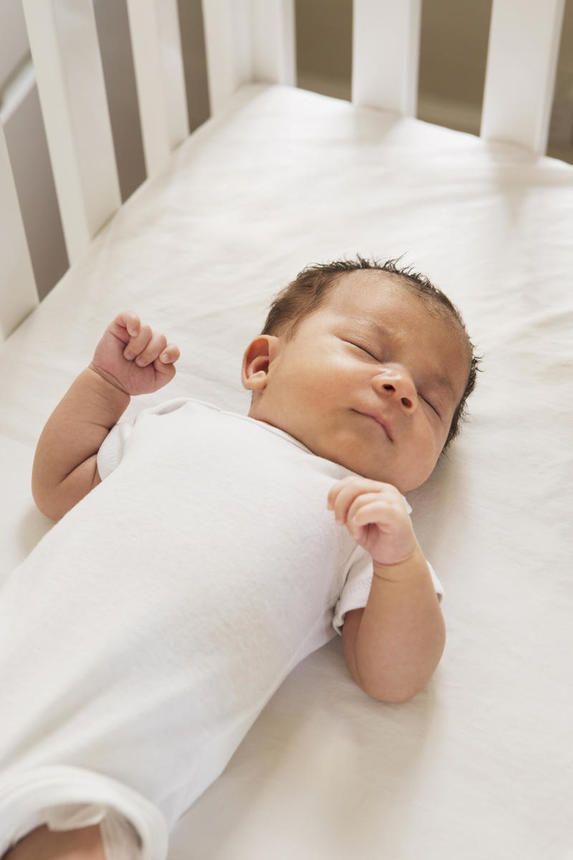 The Vicks Mini Cool Mist Ultrasonic Humidifier has a dedicated scent pad heater for using Vicks VapoPads.
The Vicks Mini Cool Mist Ultrasonic Humidifier has a dedicated scent pad heater for using Vicks VapoPads.Is the price right? You don’t have to break the bank to buy a good humidifier. The units on our list range from about $30 to $60. At the time of writing, the cheapest on our list is the Safety 1st 360 Degree Cool Mist Ultrasonic Humidifier and the most expensive is the Honeywell HCM350W Germ Free Cool Mist Humidifier.
We hope that this article and list will make it easier for you to decide which humidifier is right for you and your little one.
Recall Notice
Before buying a product, always check that it’s approved and hasn’t been recalled on sites like the Juvenile Products Manufacturers Association and the U.S. Consumer Product Safety Commission (CPSC).
*Prices are correct at the time of writing.
How We Got These Results
We surveyed thousands of parents in the Pampers Community and asked them to choose the products they love the most, and to share their views on specific products and product categories. Based on the survey responses, we have taken the top product picks and added our own research to create this article. The aim is to help you choose the right product for you and your family. We might receive commissions on purchases made from the links in this article, but the products featured are the Pampers Community’s top choices.
Based on the survey responses, we have taken the top product picks and added our own research to create this article. The aim is to help you choose the right product for you and your family. We might receive commissions on purchases made from the links in this article, but the products featured are the Pampers Community’s top choices.
List of things for a newborn - What you need for a newborn baby for the first time
The birth of a baby is a long-awaited, but at the same time exciting moment for the whole family, and especially for the expectant mother. In the process of preparing for childbirth, you need to do a lot: not only prepare mentally and physically, learn a lot of new information, but also make important purchases.
It is best to decide on the list of what is needed for the newborn in advance: so the likelihood of forgetting or missing something is much less than you do it a few weeks before the birth. The last month or two of pregnancy will be much more comfortable and more useful to dedicate to yourself, calm walks, positive emotions and concentration on the upcoming important event than shopping. Shopping, even through online stores, is a tedious process, especially when it comes to a list of things with the serious title “What you need for a newborn baby. List!".
The last month or two of pregnancy will be much more comfortable and more useful to dedicate to yourself, calm walks, positive emotions and concentration on the upcoming important event than shopping. Shopping, even through online stores, is a tedious process, especially when it comes to a list of things with the serious title “What you need for a newborn baby. List!".
However, not everything is as complicated as it might seem at first glance: the main thing is to properly organize the process. And, first of all, all upcoming purchases should be divided into two blocks:
-
Things to buy before the baby is born.
-
Things that can be postponed for a while - you will buy them after the baby is born.
This approach will help to effectively distribute not only the efforts and time of parents spent on shopping, but also reduce the one-time burden on the family budget.
Some of the things for the crumbs can be started to be purchased in advance, without postponing for the last months of pregnancy.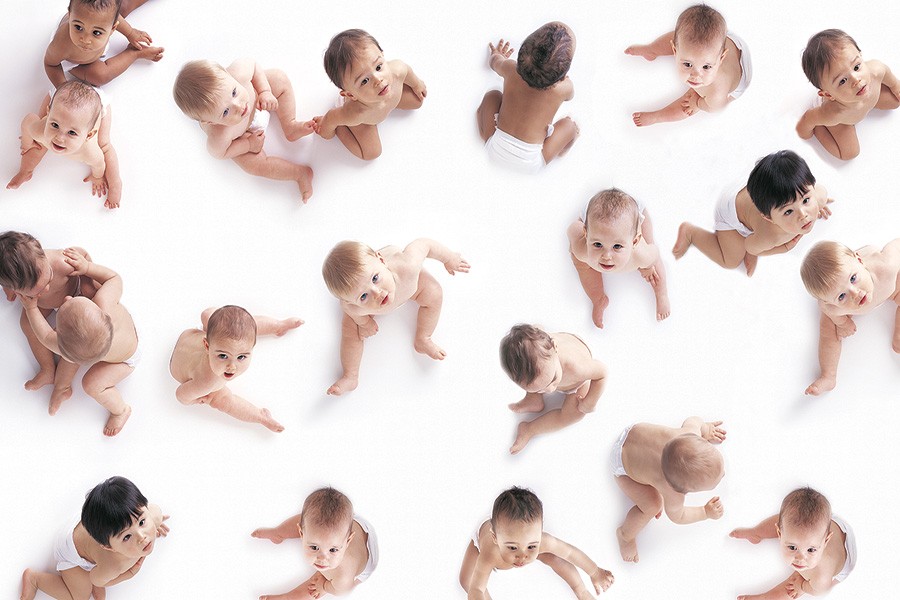 This will give you more time to explore different offers and choose your “brands”, as well as avoid impulsive purchases (at least some of them).
This will give you more time to explore different offers and choose your “brands”, as well as avoid impulsive purchases (at least some of them).
Baby room items:
-
Crib (it is best to choose a wooden one), a carousel and a few rattles.
-
Crib mattress. Children's mattress should be orthopedic, firm, with natural filler.
-
Mattress cover. This accessory will significantly extend the life of the mattress.
-
A set of bed linen. Only natural fabrics are allowed
-
Blanket.
-
Changing table or variations.
-
Lamp for a newborn. Lighting is very important for the baby, it is best to choose a customizable "smart" lamp, which can also be used as a night light. The advantage of such lamps is that you can set the mode of operation of the device that is convenient for you (on time, degree of brightness, gradual set of light).
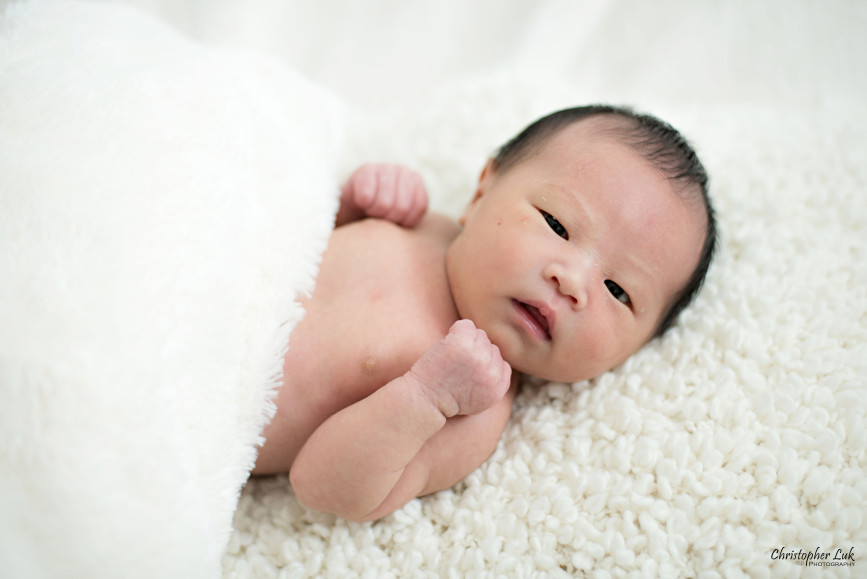 A good option that combines all the useful features is the AGU sun lamp.
A good option that combines all the useful features is the AGU sun lamp.
Bathing articles:
Hygiene and health:
-
Means for the treatment of the navel.
-
Cotton pads, sticks with limiters.
-
Aspirator. It is best to choose an electronic nozzle pump: with such a device, it will be possible to remove mucus from the baby’s nose as efficiently and safely as possible. AGU aspirators are specially designed for babies and will be a good helper for parents.
-
Scissors with rounded tips
-
Thermometer for determining body temperature. The non-contact infrared device AGU will be the most comfortable and safe option for a newborn. (contact also works). It is good if the thermometer has a function for determining the ambient temperature and the surface of the water.
-
Scales. At first, it is important to control the weight of the newborn; modern models of baby scales that save data and send them to the smartphone app are perfect for this.
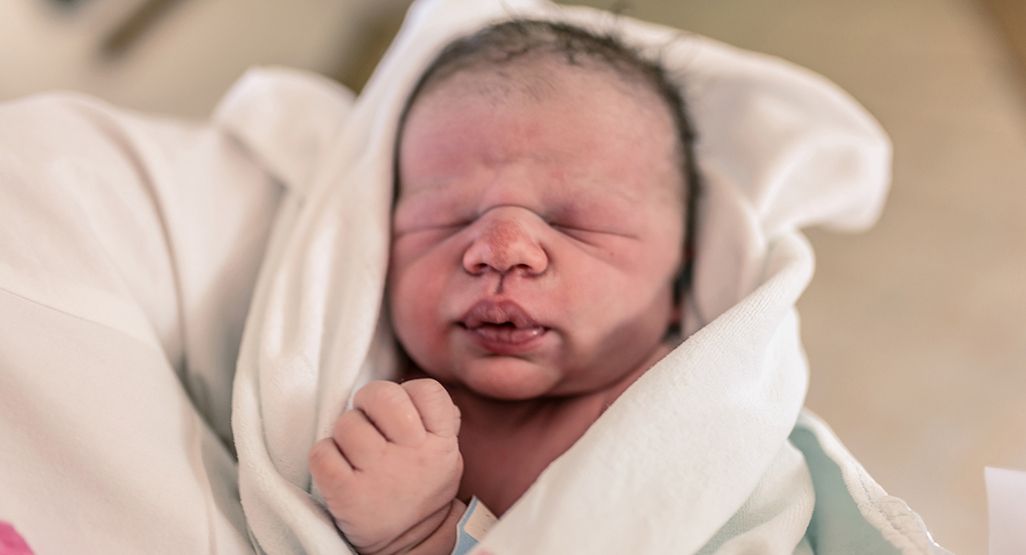 So there will be no need to record measurements, the dynamics will be visible in the phone.
So there will be no need to record measurements, the dynamics will be visible in the phone. -
Diapers are a small pack. You should not immediately buy a large one: you need to check whether these disposable diapers are suitable for a child.
Cosmetics
Choose trusted manufacturers with good compositions!
Feeding
Clothing
You shouldn't buy a lot of clothes - newborns grow quickly, but the following things will definitely come in handy:
Walks and trips
-
Stroller.
-
car seat.
-
Clothes and toys. All basic clothes (except for the most necessary) can be purchased after the birth of the crumbs, especially since relatives and friends will surely give you a lot of clothes. The same goes for toys.
Nipples and pacifiers.
 Only in practice will you understand that your child does not take a latex pacifier, for example.
Only in practice will you understand that your child does not take a latex pacifier, for example. -
Breast pump (if needed).
-
Nursing bra. With lactation, the breasts increase, you can choose the correct bra size only after childbirth.
-
Nebulizer. The device with mesh technology will be the most convenient - in such devices, medicines are not destroyed, inhalations will be carried out as efficiently as possible. AGU mesh nebulizers are compact, silent, operate both from the mains and from batteries.
-
Baby monitor.
The right approach to organizing the shopping process will make the preparatory chores as enjoyable as possible!
List of necessary things for a newborn
Expecting a baby is a time filled with pleasant chores and worries, among which there is always a place for shopping trips to choose everything you need for your unborn child.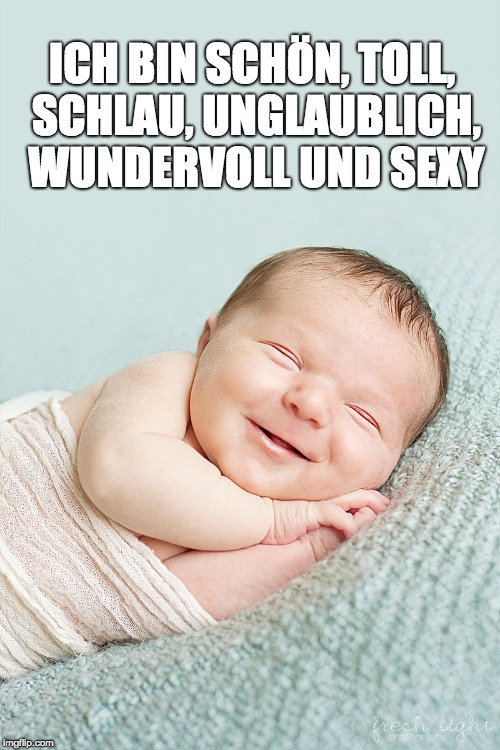 Even if you prefer online shopping, it doesn't hurt to make a list of what you need for your newborn.
Even if you prefer online shopping, it doesn't hurt to make a list of what you need for your newborn.
Why buy baby products in advance?
Despite superstition, many modern parents begin to think about buying baby products a few months before giving birth, carefully planning and listing the most necessary things. This approach allows you not only to save your nerves, but also save money, because having time left, you can compare prices, not miss promotions and choose the most profitable options. It will also save you from the situation when the desired model or color is not available, it will be delivered only in a couple of weeks, and the goods are needed for today.
The most important block in the list of what a baby needs is things for discharge from the maternity hospital.
What do you need for discharge?
If you can buy everything else later, then you should definitely pack things for the maternity hospital in advance and first of all take care of the following points:
- body, sliders, bonnets and socks.
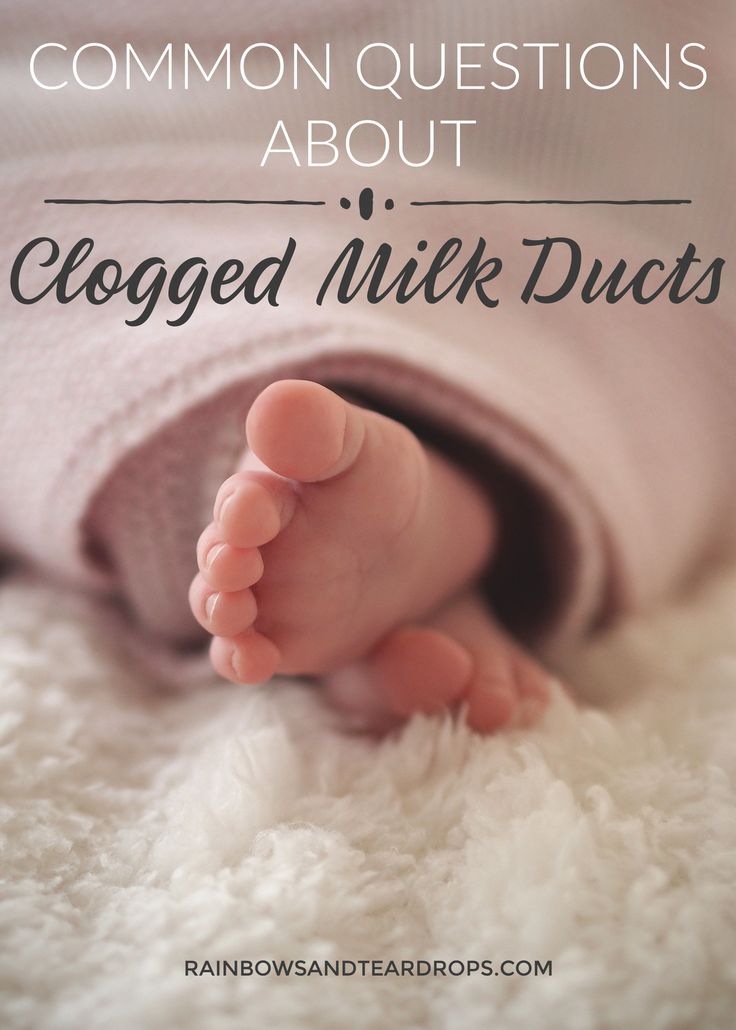
- For the discharge itself, prepare an elegant envelope, a set of clothes or overalls appropriate for the weather. In winter, it will not be superfluous to wrap the baby in a blanket.
- Take a small pack of newborn diapers with you. If you are worried about allergies, you can purchase the smallest packs from different brands to see which one works best.
- Hygiene products: baby liquid soap, cream for delicate skin under diapers, dry and wet wipes.
- If you are driving home, take care of the safety of the newborn - get a car seat or infant carrier. You can read about the difference between groups of car seats and what is better to choose based on your needs in the article. When buying, pay attention to the compliance of the model with European standards, you can find out about it from the signs on the case or in the attached documents.
What does a baby need after delivery?
In the first month of a child's life, the attention of mother and father will be focused on his needs and development.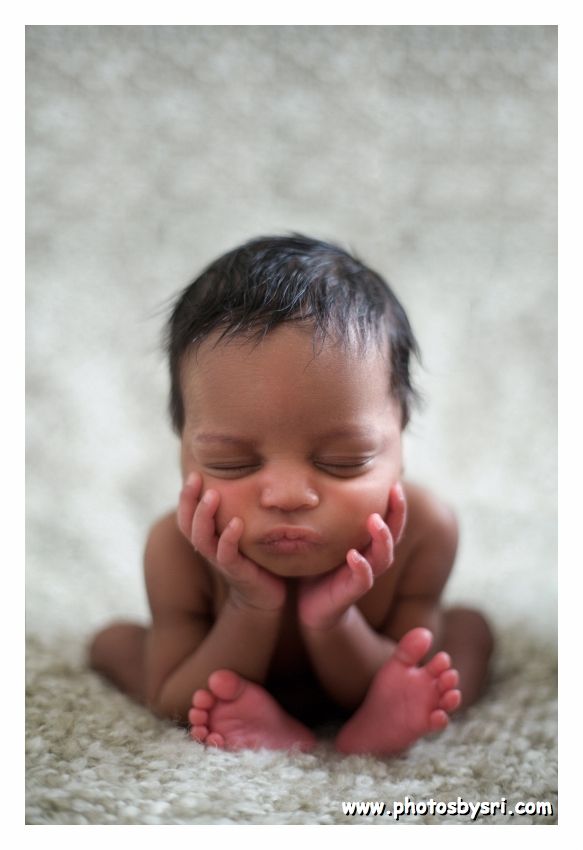 At this time, as a rule, there is no time for shopping, so it will be great if all the necessary items upon arrival from the hospital are waiting for you at home.
At this time, as a rule, there is no time for shopping, so it will be great if all the necessary items upon arrival from the hospital are waiting for you at home.
Furniture, transport and household items
The most important and costly section of the list, here we have included the necessary items for sleeping, walking and bathing:
- Bed.
- Mattress.
- Bed set.
- Stroller.
- Changing table.
- Tray.
When choosing a crib, be guided by well-known and trusted brands, and also take into account the practicality of the model. Playpens and cradles are good for the little ones, but if you want to use the crib for many years, go for the classic model with a drop-down side and bottom height adjustment. Read more about choosing a bed in our article.
Choose a quality orthopedic mattress according to the size of the crib. The sleeping surface should be flat and firm to promote proper posture.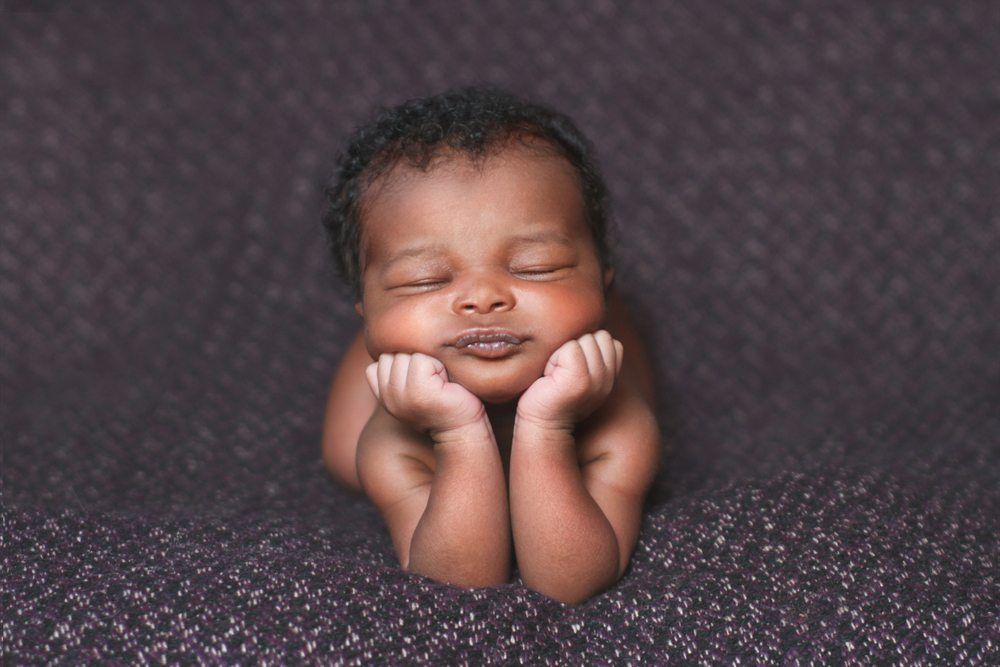 Opt for hypoallergenic materials such as coconut coir and cotton. A waterproof case can be purchased to protect against moisture.
Opt for hypoallergenic materials such as coconut coir and cotton. A waterproof case can be purchased to protect against moisture.
Bedding sets can include everything you need: a duvet with a duvet cover, a pillow with a pillowcase, a sheet and soft protective bumpers. These are 6 in 1 sets. But you can choose everything separately, the main thing is to take into account the dimensions.
Walking with a baby is unimaginable without a stroller. It should be light, compact and fit easily in an elevator. You can purchase a model with a cradle for the first time, and after six months, pick up a stroller, or buy a two- or three-in-one model right away. When choosing, check the reliability of the chassis, frame and wheelbase, the safety of materials and the reputation of the brand. Contrary to stereotypes, a good stroller does not have to be very expensive, the modern industry offers quality options at affordable prices.
The changing table makes baby care more comfortable: changing a diaper, changing your baby's clothes and carrying out hygiene procedures is easier on a flat, spacious surface.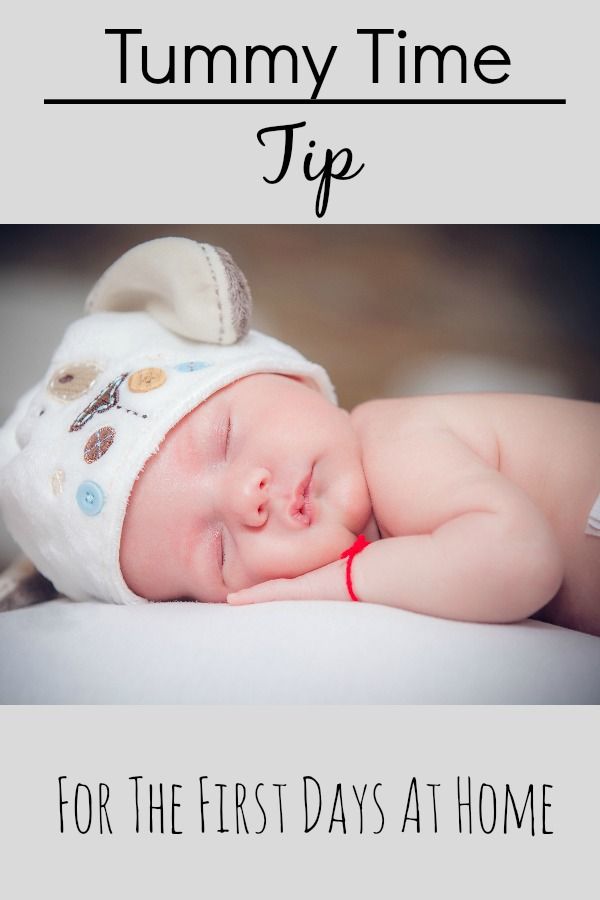 An analogue for small apartments is a changing mat on a soft or hard base. It can be placed on a table, dresser or sofa.
An analogue for small apartments is a changing mat on a soft or hard base. It can be placed on a table, dresser or sofa.
It is undesirable to carry out bath procedures without a bath: holding and washing a child in an ordinary bath is inconvenient and simply dangerous. Our advice will help you with choosing the ideal model, but the main thing you need to know is that only a horizontal container is suitable for a baby, in which it will not be cramped. In the kit, if desired, you can pick up an anatomical slide, stand and thermometer.
Clothes
If you already know the gender and the approximate weight and height of the unborn child, you can safely stock up on clothes. Among the things that a newborn needs are the following wardrobe items:
- Undershirts (4-5 pieces).
- Romper (2-3 pieces). Models with a high elastic band or a fastener over the shoulder are considered the most comfortable.
- Body (3-4 pieces).
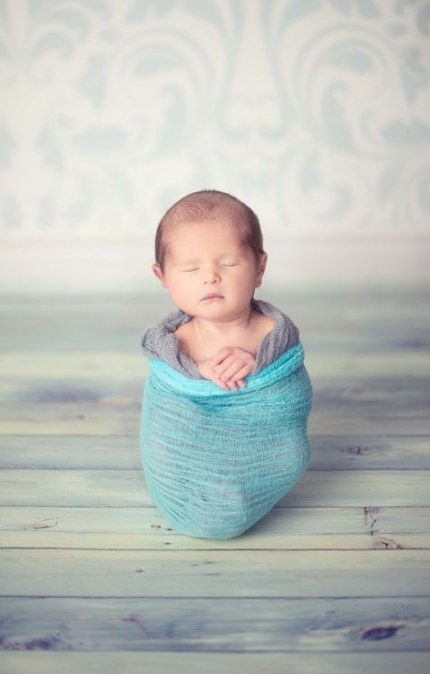 Clothing with buttons between the legs allows you to quickly change diapers.
Clothing with buttons between the legs allows you to quickly change diapers. - Slips (2-3 pieces) for sleeping, walking in warm weather or as a base for warm overalls.
- Caps (2-3 pieces).
- Socks (5-6 pairs).
- Bibs.
Parents of winter children have more expenses: to the basic list, you need to add warm overalls and a hat, and also take care of the presence of a warm cover for the stroller.
When buying clothes, follow these simple rules:
- Choose the density of the fabric depending on the time of year: for autumn and winter, you need to take more models with a fleece, and in summer and late spring - thin ones.
- Do not buy things made of synthetics, it is better to give preference to quality over quantity and choose clothes made from natural materials.
- Don't wear too many clothes of the same size because your baby will outgrow them quickly.
- Be careful with clothes in bright colors, they can irritate the baby's eyes.
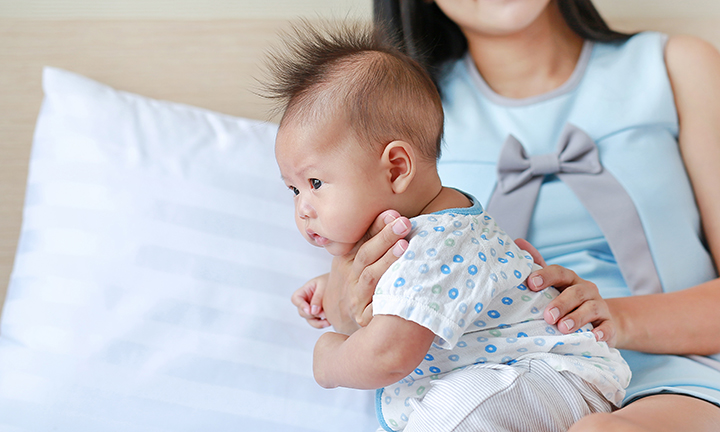
- Avoid fasteners on the back, they will interfere with the child.
Hygiene
0003
- Diapers. You can choose special ones for a boy or a girl, or buy universal ones.
- Cotton buds.
- Baby wet and dry wipes.
- Powder for diapers.
- Shampoo and baby soap.
- Manicure scissors with rounded tips.
- Laundry detergent without phosphates and strong odor.
- Baby cream or oil.
- Antiseptic for accidental scratches.
Baby's skin is sensitive and needs careful and gentle care. All hygiene products must be designed for use on children's skin, not contain aggressive components or allergens.
Nutrition
If breastfeeding is not possible for any reason, you will need bottles, nipples and milk formula, which should be selected in consultation with your pediatrician, and a bottle warmer will also be useful.